The Washington Commanders are hosting the New York Giants in primetime with playoffs on the line. Here are three keys to getting a victory, presented by KIA.
1. How can Washington's defense contain Daniel Jones?
Logan: It is unusual to be writing about the Giants again so soon after playing them. Many of the opinions I had in the first game still apply. However, my belief that Daniel Jones is the heart of the Giants' offense was reinforced after watching the first game. However, there's some nuance to my belief in him.
In the first game, I undervalued schematically how Brian Daboll and Mike Kafka elevated Jones. They do an excellent job of marrying formations and finding schematic wrinkles to highlight the offensive roster.
To illustrate this, we are going to analyze two plays from the first Giants game that look identical but have different outcomes. On the fourth play of the game, the Giants run a quarterback guard-tackle pull. The formation is simple: two receivers to the left (circled in yellow) with a tight end off the ball to the left and a tight end on the ball to the right (circled in red).

I love this play because Kafka maximizes the talent with the back field action. Kafka utilizes a read action between Jones and Saquon Barkly. The exchange is long and drawn out, allowing defenders to see it and react, like a magician being flamboyant to hide the real trick. Montez Sweat and Jamin Davis respond to the ball fake. The backfield action freezes both players, allowing the tackle to get a good angle on Davis with his pull and the guard and easy kick out on a stationary Sweat. This is a simple but efficient way to elevate an understaffed offense.
Now compare the quarterback guard-tackle pull to the next play. The formation is identical, but the result is much different. Instead of running to the three-receiver side using the quarterback, the Giants run the ball to the right off a conventional counter action. The back side guard pulls, kicking out James Smith-Williams while the off-ball tight end follows to insert Davis.

This might not seem significant, but it keeps teams from finding keys within the offense. The Giants do an excellent job of applying this same principle to their Keepers/Boots and their play-action passes, consistently putting Jones in positions to be successful.
So, what is the best way to defeat this well-designed offense? At the most basic level, the defense must trust their keys/reads. Instead of relying on pre-snap tells, they need to read and react based on what is happening. The offense gets to start the play, and defenders are already a step late.
The Eagles mitigated this advantage by scoring early and forcing the Giants out of their desired game flow. Once this happened, the Giants' offense became simpler, and Philadelphia pass rushers were able to attack Jones.
I would expect the Commanders' offense to be slightly more aggressive and score some points early. If Washington's offense can get New York out of its desired game flow, the Giants will not be able to consistently pass protect against the Commanders' front.
Zach: The Commanders struggled to contain Jones once again in Week 13, and among the issues that caused this, there was one that was the most prevalent: their defenders consistently over pursued Jones.
It started on Jones' first carry of the game. John Ridgeway was in good position to record a sack, but he ran to where he thought Jones would be, allowing the quarterback to sprint past him for a first down. Another example came on second-and-8 in the final minute of the first quarter. Daron Payne cut inside while Jones rolled out, and the quarterback ran through the gap in the middle of the defense because of it.
However, the worst example came with the score tied on a third-and-4. Washington had two defenders who could have stopped Jones, but they rushed for the sideline, which gave Jones the chance to slip behind his blockers and get the first down. The Giants scored not long after that.
Jones has exceptional vision and quickness, so the Commanders must defend him like any other mobile quarterback. If they underestimate him, he will burn them again.
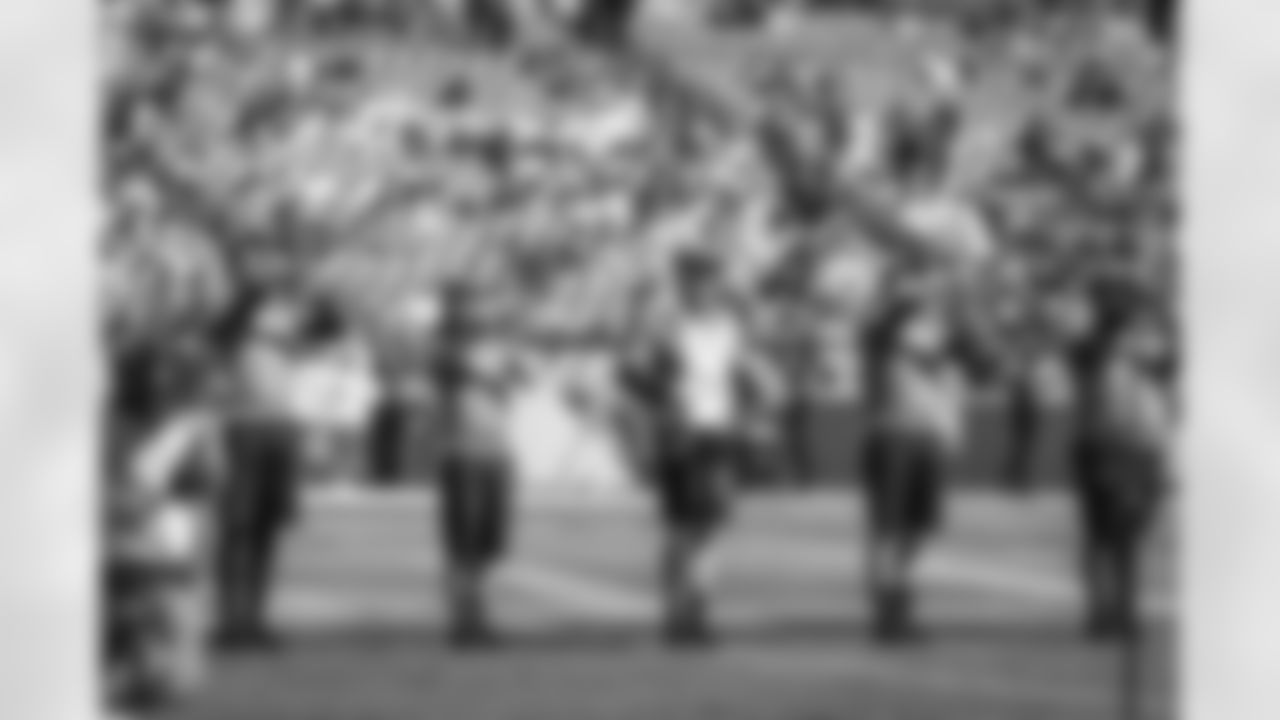
Command Force performing at FedEx Field on October 09, 2022 (Taylor Sims/Washington Commanders)

Command Force performing at FedEx Field on October 09, 2022 (Taylor Sims/Washington Commanders)

Command Force performing at FedEx Field on October 09, 2022 (Taylor Sims/Washington Commanders)

Command Force performing at FedEx Field on October 09, 2022 (Taylor Sims/Washington Commanders)

Command Force performing at FedEx Field on October 09, 2022 (Taylor Sims/Washington Commanders)

Command Force performing at FedEx Field on October 09, 2022 (Taylor Sims/Washington Commanders)

Command Force performing at FedEx Field on October 09, 2022 (Taylor Sims/Washington Commanders)
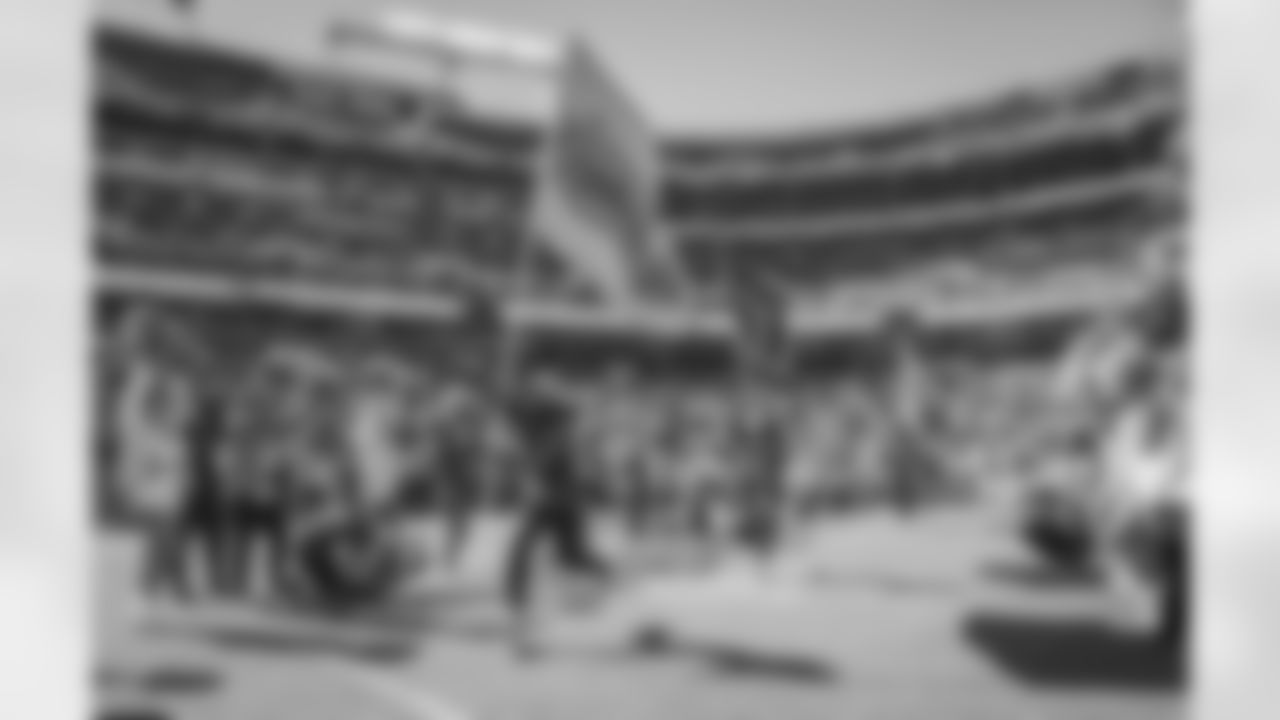
Command Force performing at FedEx Field on October 09, 2022 (Taylor Sims/Washington Commanders)

Command Force performing at FedEx Field on October 09, 2022 (Taylor Sims/Washington Commanders)

Command Force performing at FedEx Field on October 09, 2022 (Taylor Sims/Washington Commanders)

Command Force performing at FedEx Field on October 09, 2022 (Taylor Sims/Washington Commanders)

Command Force performing at FedEx Field on October 09, 2022 (Taylor Sims/Washington Commanders)

Command Force performing at FedEx Field on October 09, 2022 (Taylor Sims/Washington Commanders)

Command Force performing at FedEx Field on October 09, 2022 (Taylor Sims/Washington Commanders)

Command Force performing at FedEx Field on October 09, 2022 (Taylor Sims/Washington Commanders)

Command Force performing at FedEx Field on October 09, 2022 (Taylor Sims/Washington Commanders)

Command Force performing at FedEx Field on October 09, 2022 (Taylor Sims/Washington Commanders)

Command Force performing at FedEx Field on October 09, 2022 (Taylor Sims/Washington Commanders)

Command Force performing at FedEx Field on October 09, 2022 (Taylor Sims/Washington Commanders)

Command Force performing at FedEx Field on October 09, 2022 (Taylor Sims/Washington Commanders)

Command Force performing at FedEx Field on October 09, 2022 (Taylor Sims/Washington Commanders)
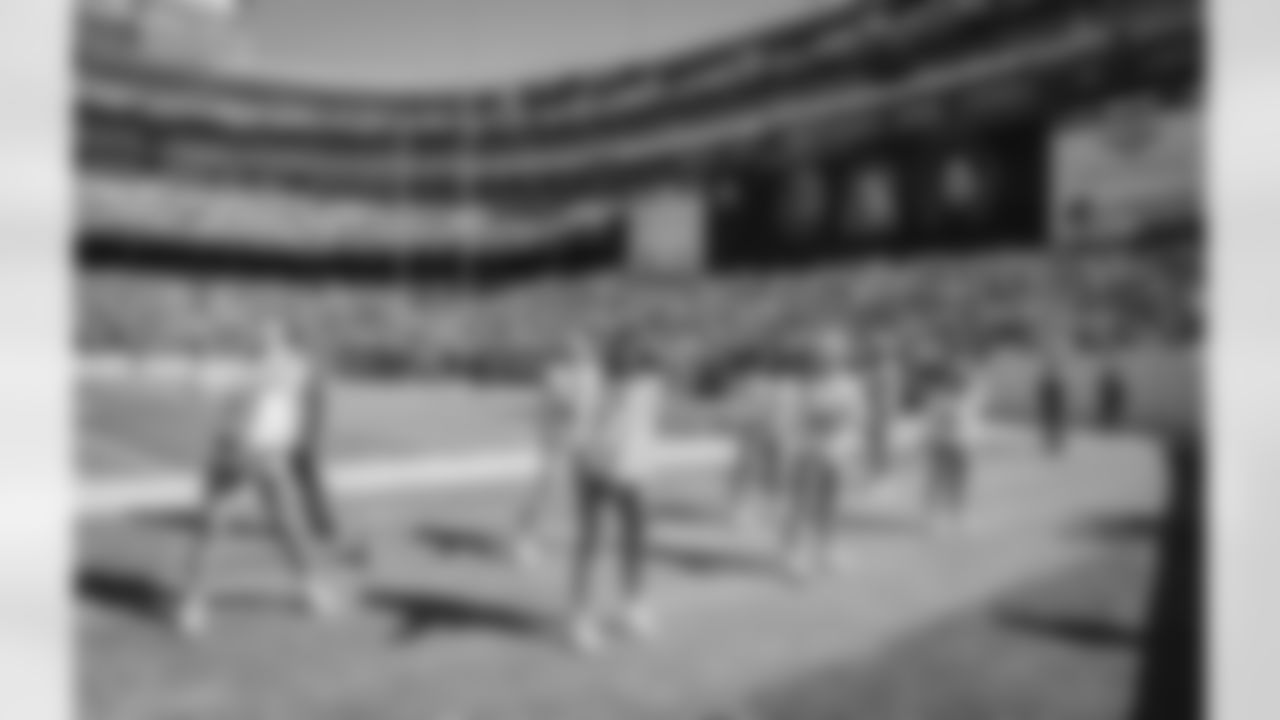
Command Force performing at FedEx Field on October 09, 2022 (Taylor Sims/Washington Commanders)
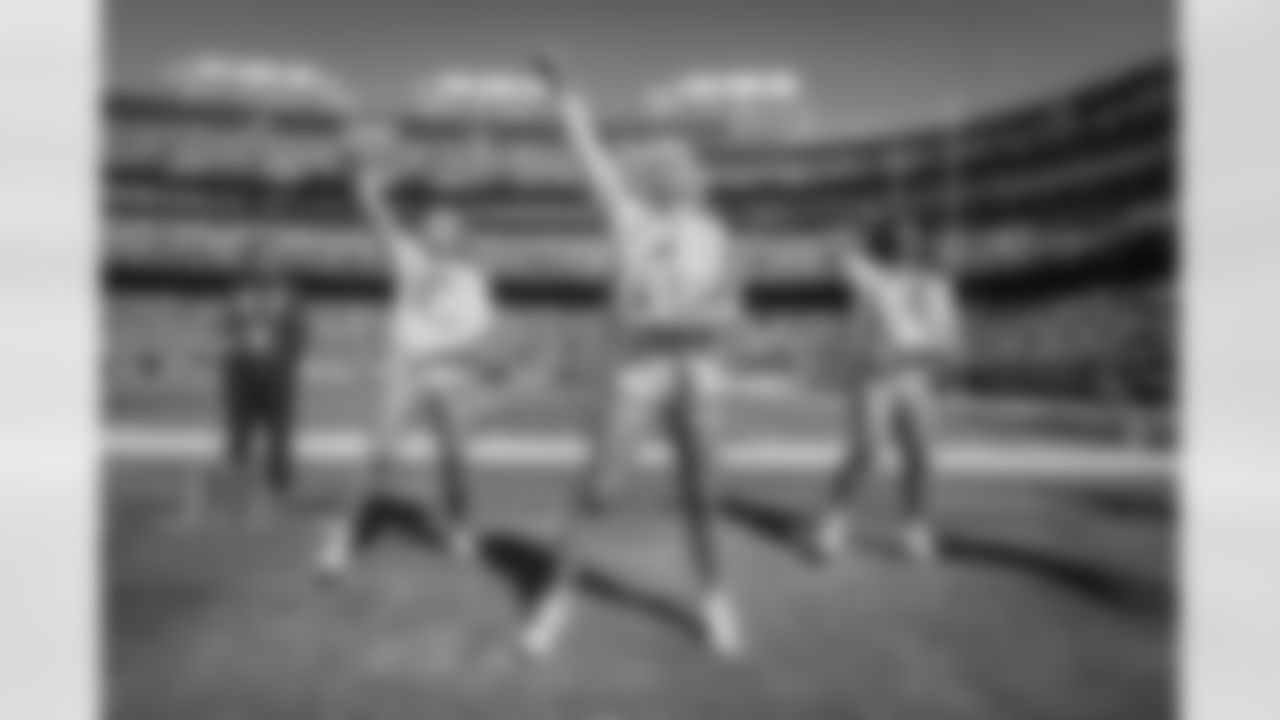
Command Force performing at FedEx Field on October 09, 2022 (Taylor Sims/Washington Commanders)
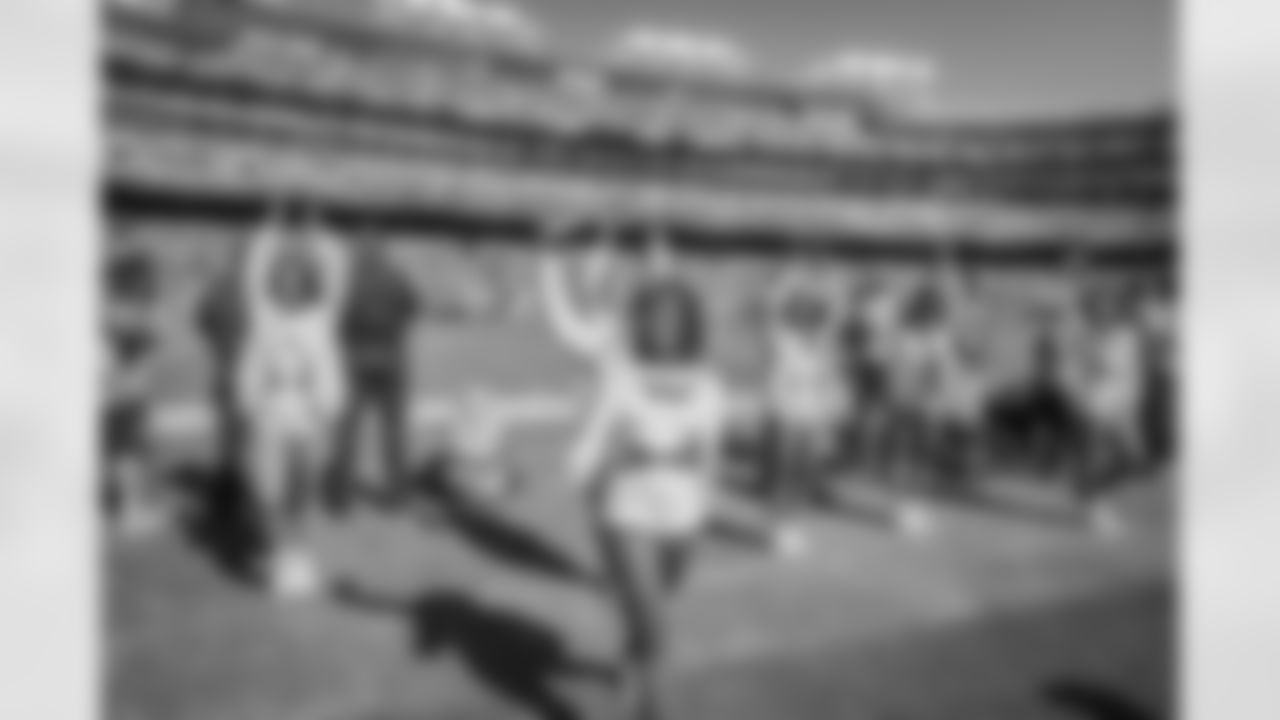
Command Force performing at FedEx Field on October 09, 2022 (Taylor Sims/Washington Commanders)

Command Force performing at FedEx Field on October 09, 2022 (Taylor Sims/Washington Commanders)

Command Force performing at FedEx Field on October 09, 2022 (Taylor Sims/Washington Commanders)

Command Force performing at FedEx Field on October 09, 2022 (Taylor Sims/Washington Commanders)

Command Force performing at FedEx Field on October 09, 2022 (Taylor Sims/Washington Commanders)
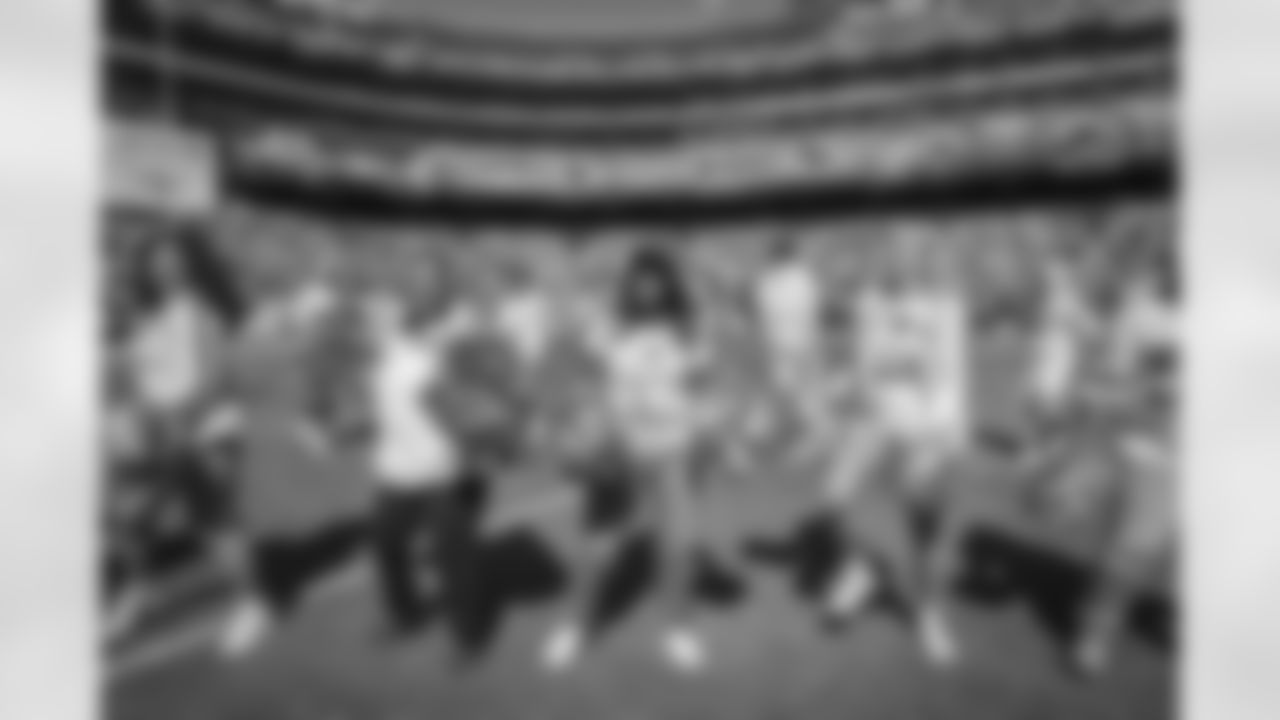
Command Force performing at FedEx Field on October 09, 2022 (Taylor Sims/Washington Commanders)

Command Force performing at FedEx Field on October 09, 2022 (Taylor Sims/Washington Commanders)
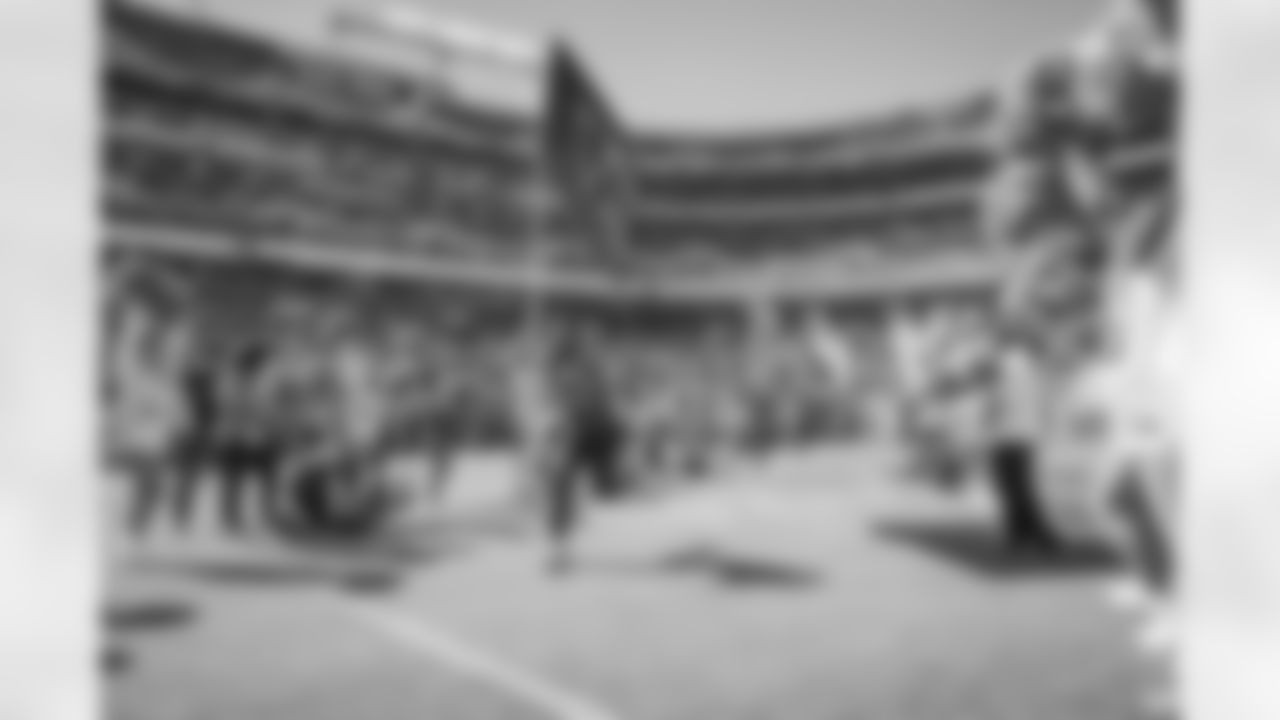
Command Force performing at FedEx Field on October 09, 2022 (Taylor Sims/Washington Commanders)
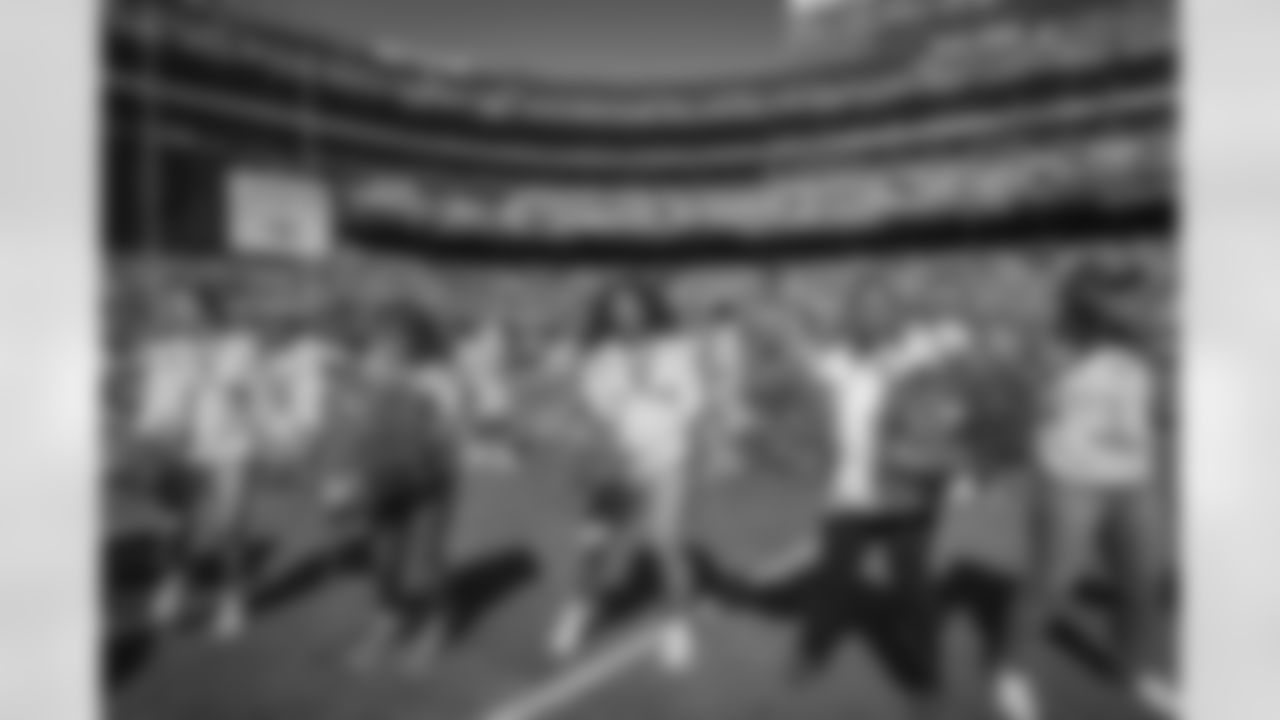
Command Force performing at FedEx Field on October 09, 2022 (Taylor Sims/Washington Commanders)

Command Force performing at FedEx Field on October 09, 2022 (Taylor Sims/Washington Commanders)

Command Force performing at FedEx Field on October 09, 2022 (Taylor Sims/Washington Commanders)

Command Force performing at FedEx Field on October 09, 2022 (Taylor Sims/Washington Commanders)

Command Force performing at FedEx Field on October 09, 2022 (Taylor Sims/Washington Commanders)

Command Force performing at FedEx Field on October 09, 2022 (Taylor Sims/Washington Commanders)

Command Force performing at FedEx Field on October 09, 2022 (Taylor Sims/Washington Commanders)
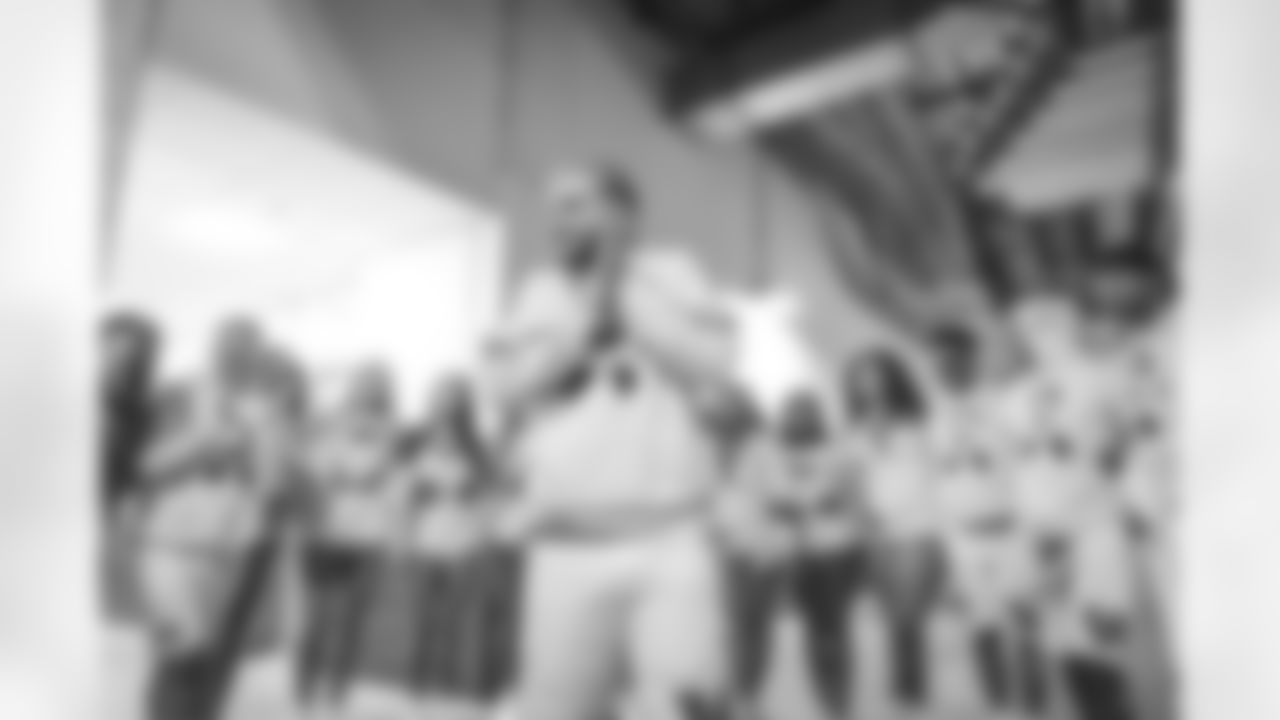
Command Force performing at FedEx Field on October 09, 2022 (Taylor Sims/Washington Commanders)

Command Force performing at FedEx Field on October 09, 2022 (Taylor Sims/Washington Commanders)

Command Force performing at FedEx Field on October 09, 2022 (Taylor Sims/Washington Commanders)
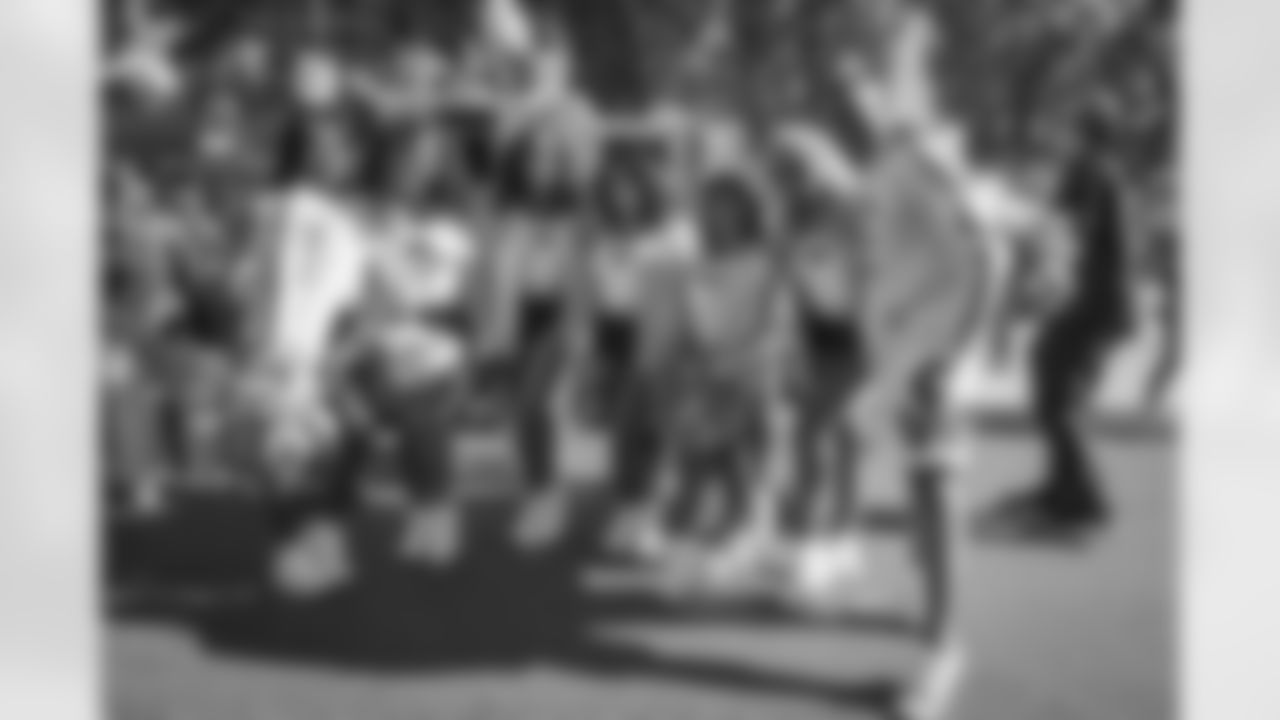
Command Force performing at FedEx Field on October 09, 2022 (Taylor Sims/Washington Commanders)

Command Force performing at FedEx Field on October 09, 2022 (Taylor Sims/Washington Commanders)

Command Force performing at FedEx Field on October 09, 2022 (Taylor Sims/Washington Commanders)
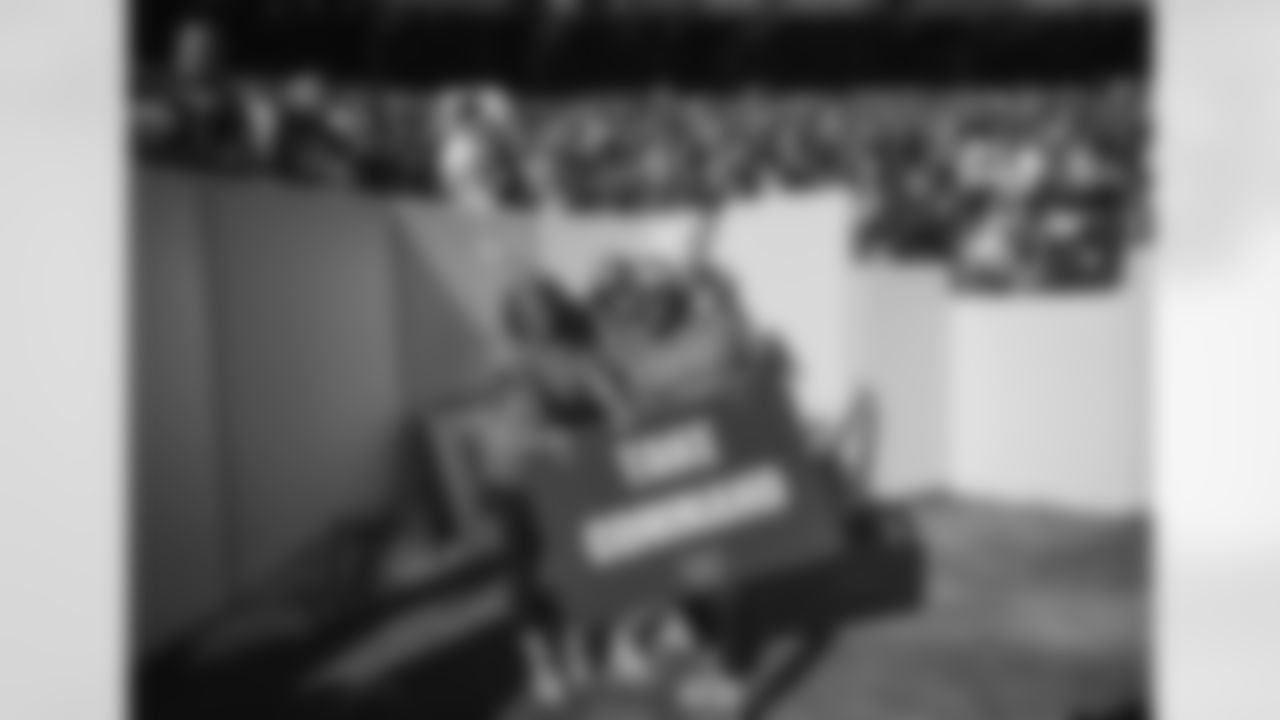
Command Force performing at FedEx Field on October 09, 2022 (Taylor Sims/Washington Commanders)

Command Force performing at FedEx Field on October 09, 2022 (Taylor Sims/Washington Commanders)

Command Force performing at FedEx Field on October 09, 2022 (Taylor Sims/Washington Commanders)

Command Force performing at FedEx Field on October 09, 2022 (Taylor Sims/Washington Commanders)
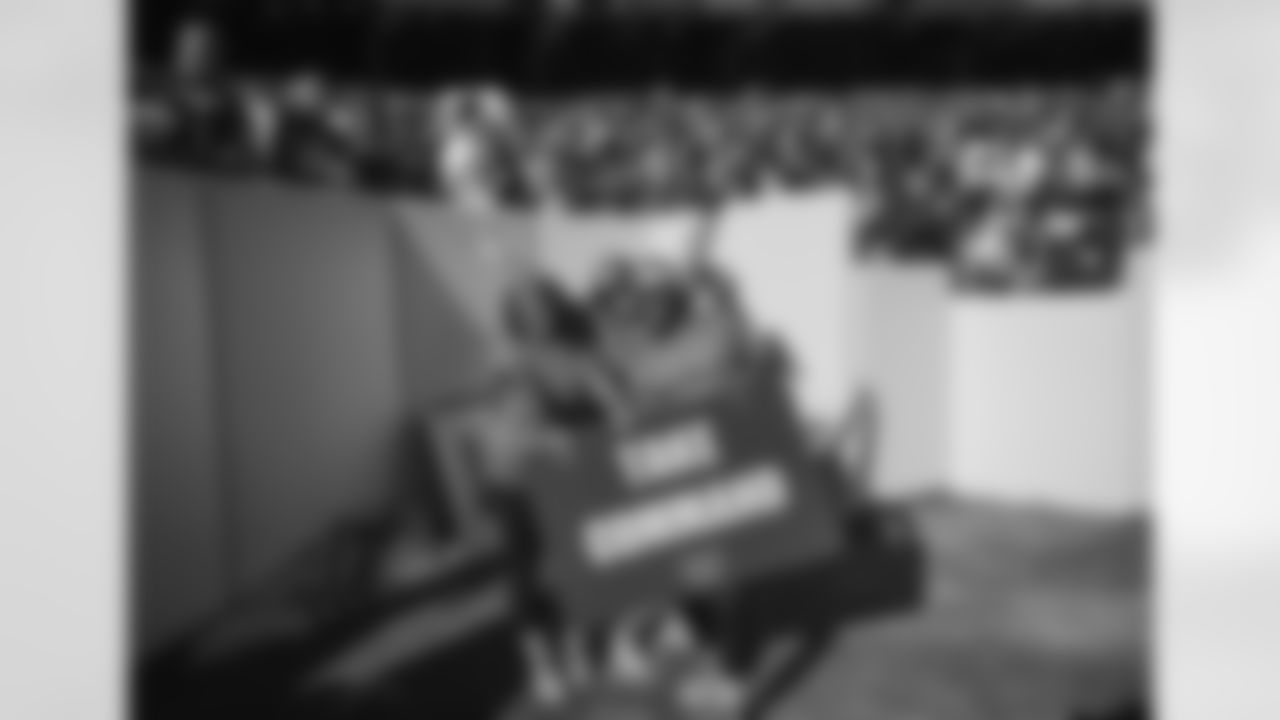
Command Force performing at FedEx Field on October 09, 2022 (Taylor Sims/Washington Commanders)

Command Force performing at FedEx Field on October 09, 2022 (Taylor Sims/Washington Commanders)

Command Force performing at FedEx Field on October 09, 2022 (Taylor Sims/Washington Commanders)

Command Force performing at FedEx Field on October 09, 2022 (Taylor Sims/Washington Commanders)
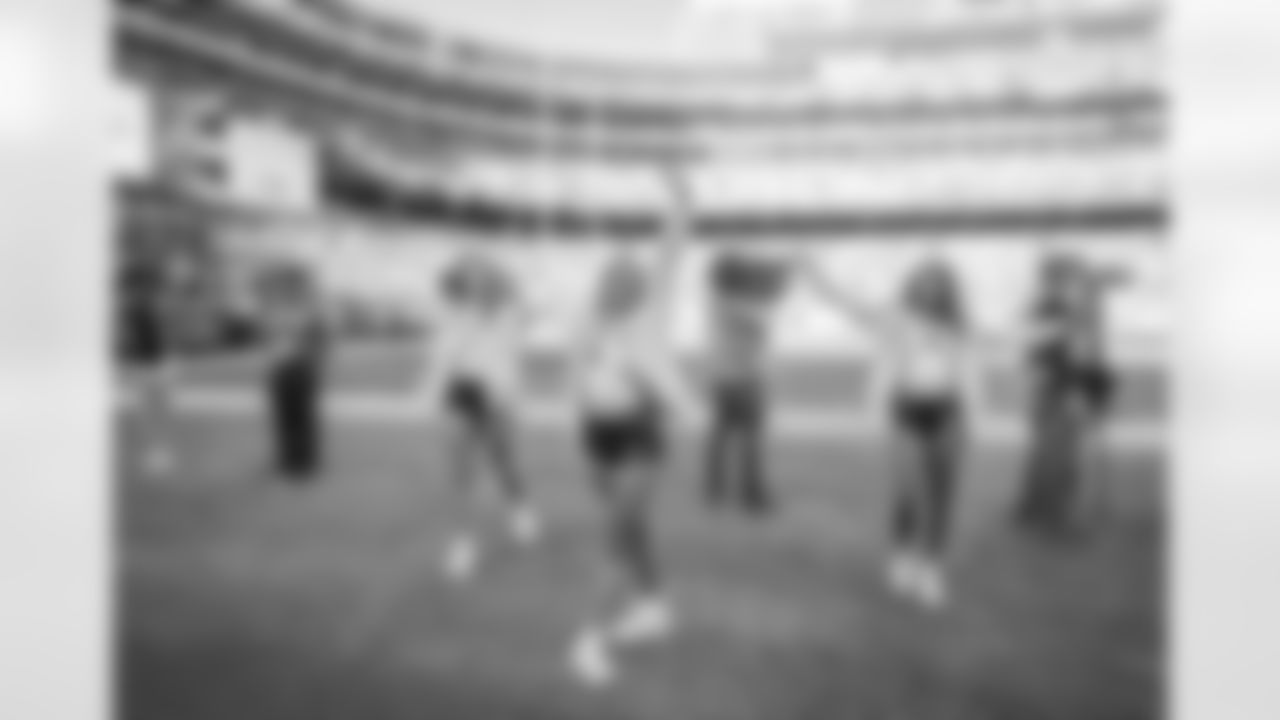
Command Force performing at FedEx Field on October 09, 2022 (Taylor Sims/Washington Commanders)
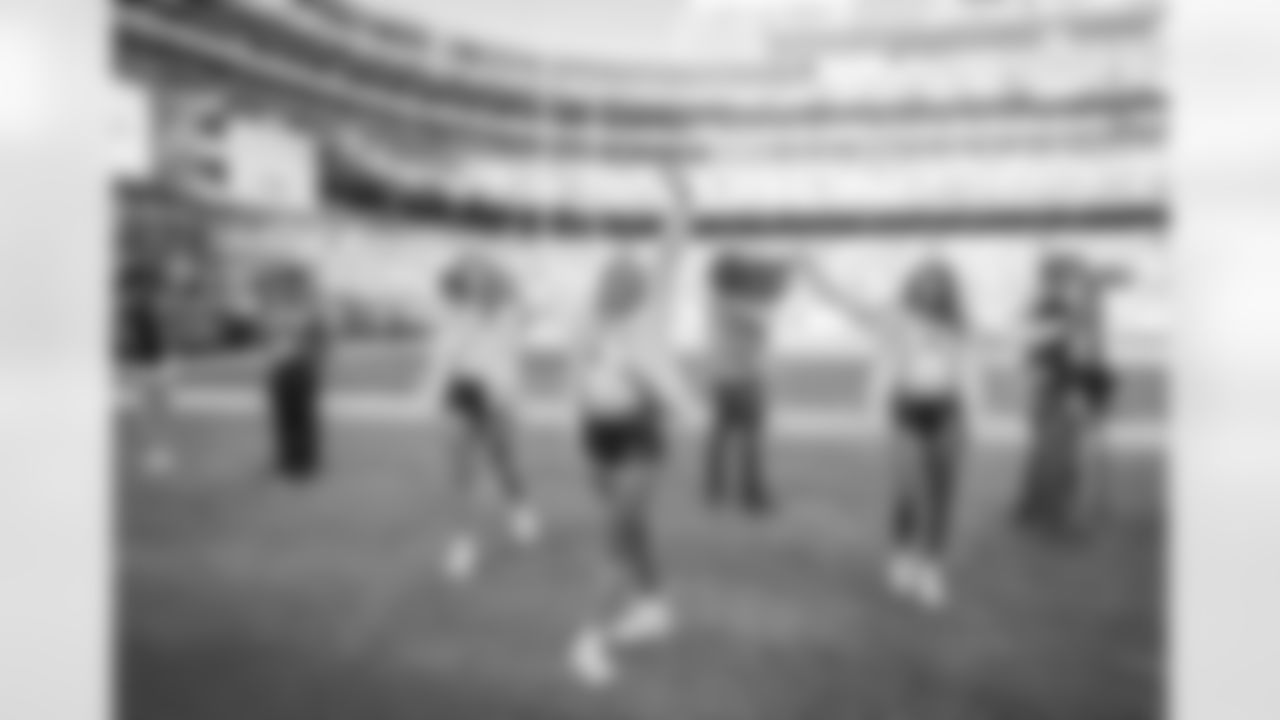
Command Force performing at FedEx Field on October 09, 2022 (Taylor Sims/Washington Commanders)
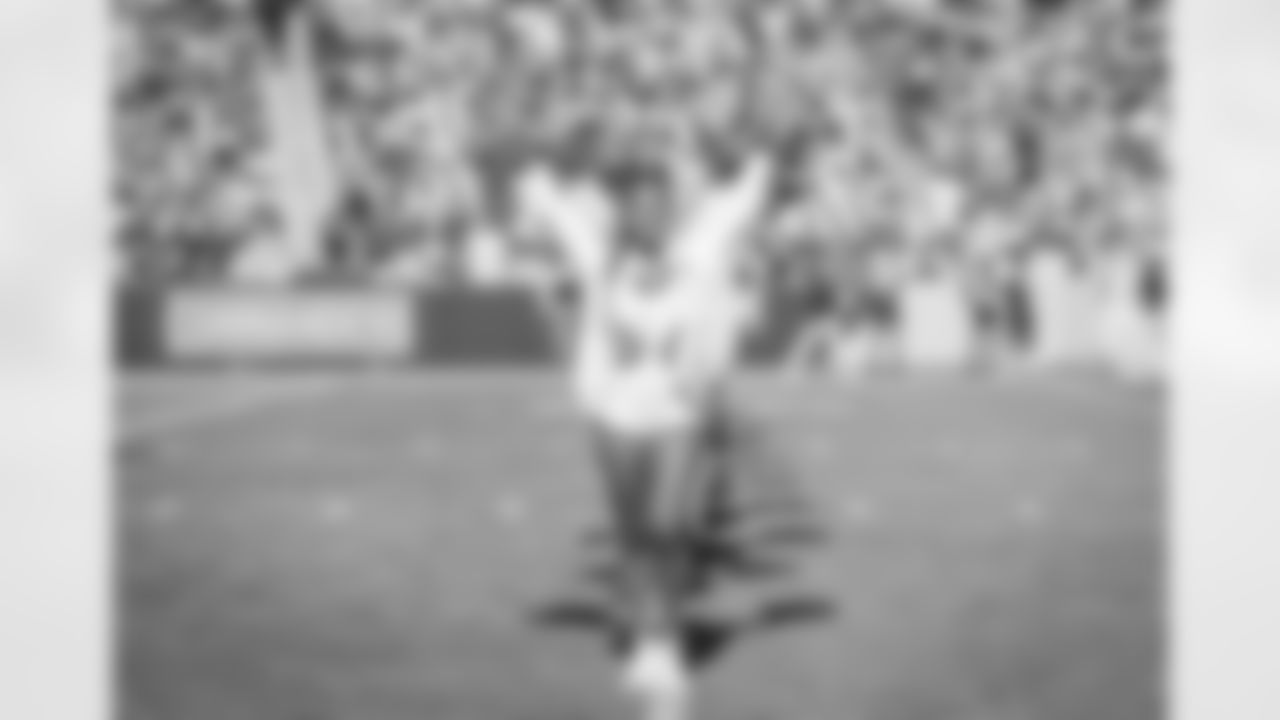
Command Force performing at FedEx Field on October 09, 2022 (Taylor Sims/Washington Commanders)
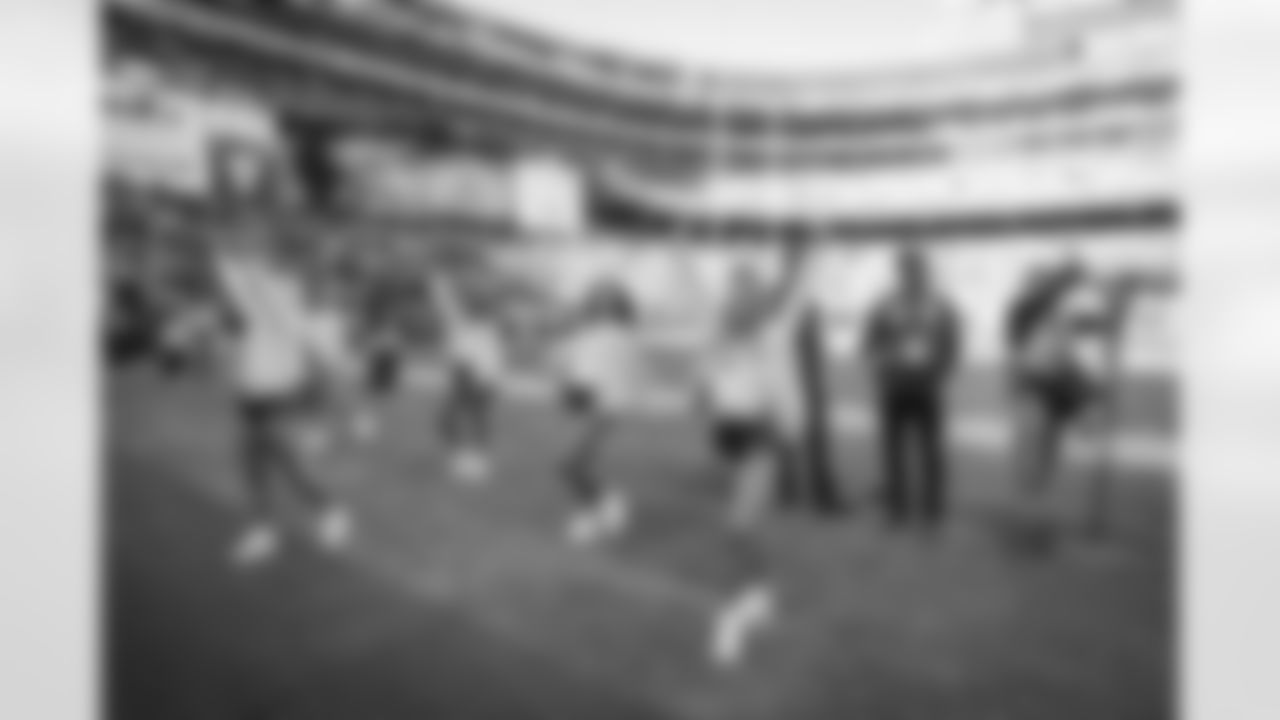
Command Force performing at FedEx Field on October 09, 2022 (Taylor Sims/Washington Commanders)

Command Force performing at FedEx Field on October 09, 2022 (Taylor Sims/Washington Commanders)

Command Force performing at FedEx Field on October 09, 2022 (Taylor Sims/Washington Commanders)
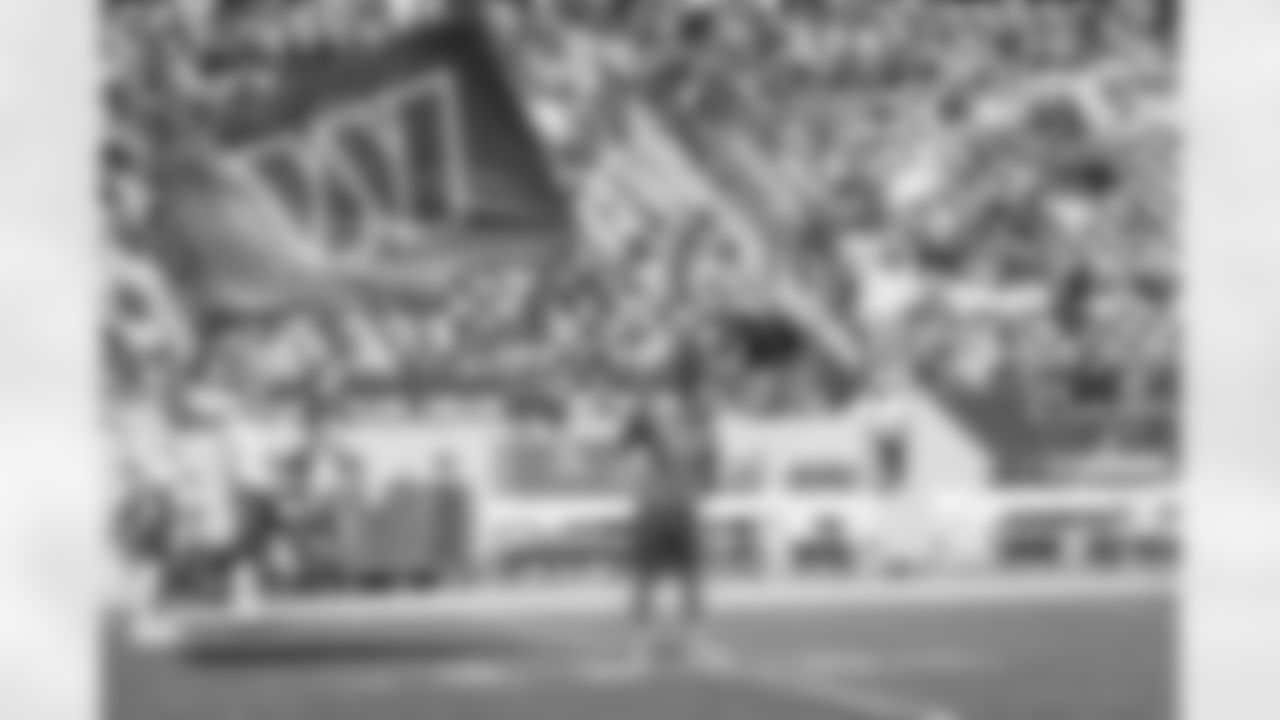
Command Force performing at FedEx Field on October 09, 2022 (Taylor Sims/Washington Commanders)
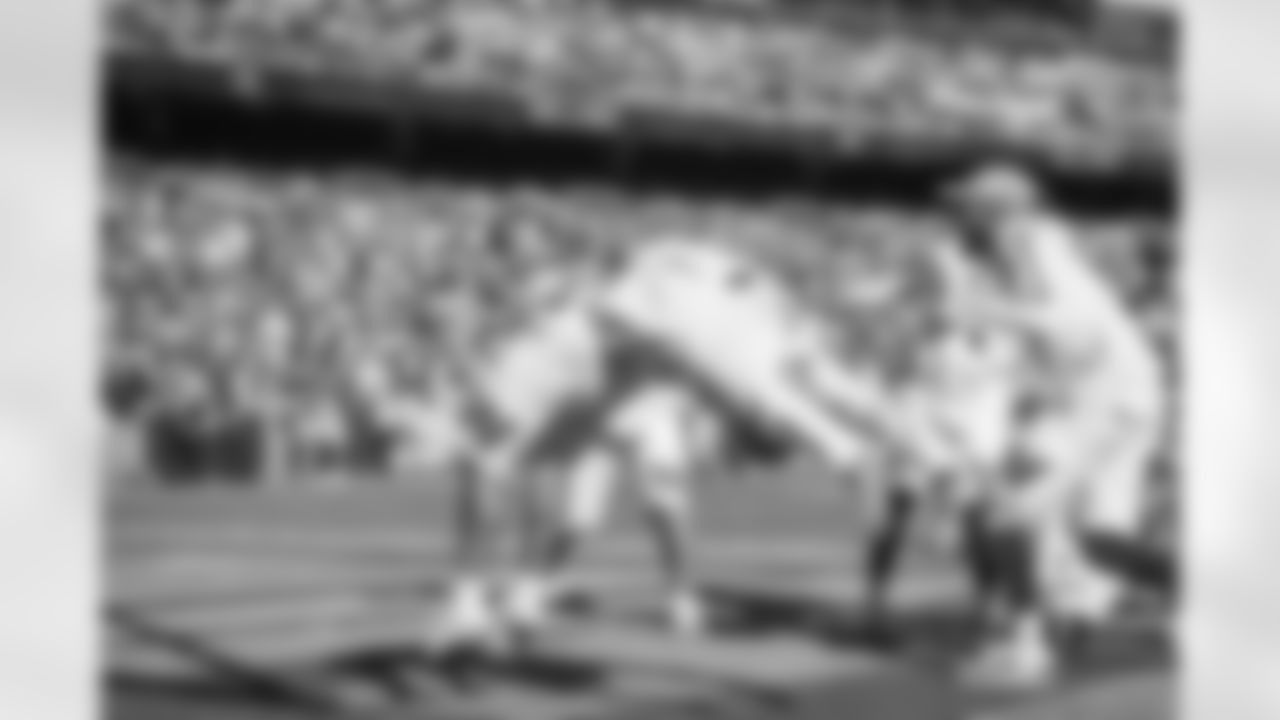
Command Force performing at FedEx Field on October 09, 2022 (Taylor Sims/Washington Commanders)
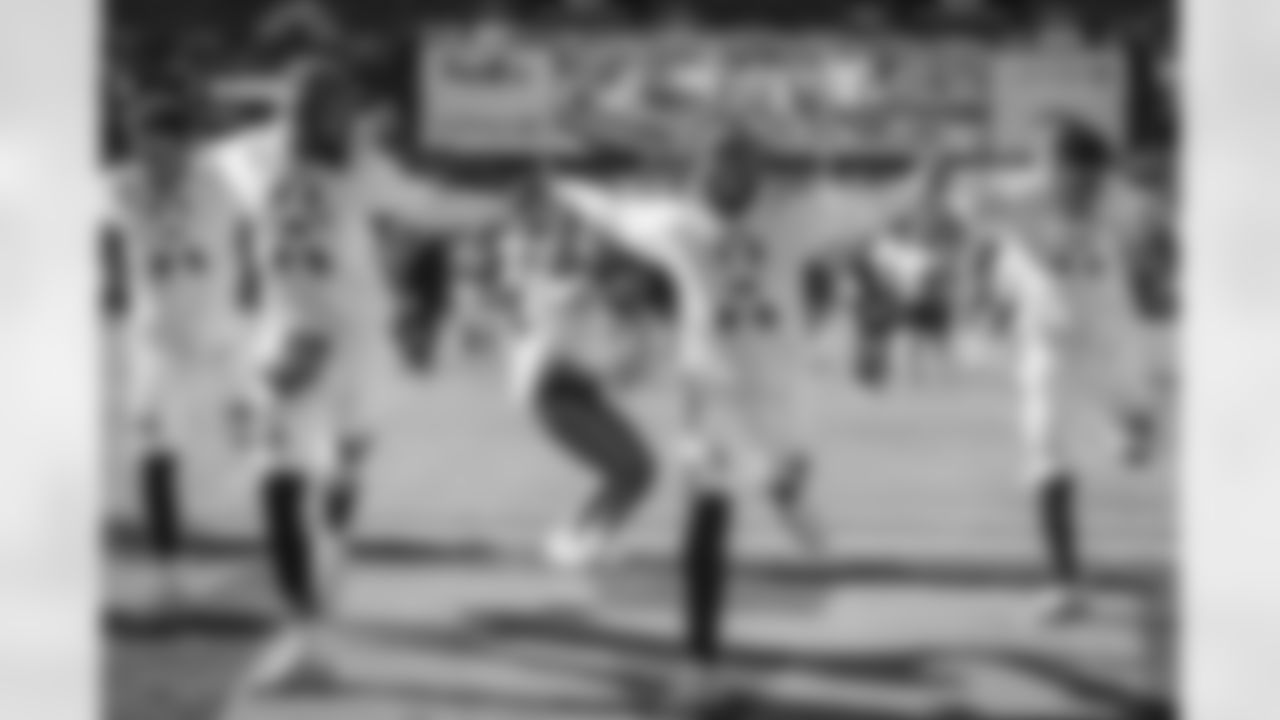
Command Force performing at FedEx Field on October 09, 2022 (Taylor Sims/Washington Commanders)

Command Force performing at FedEx Field on October 09, 2022 (Taylor Sims/Washington Commanders)
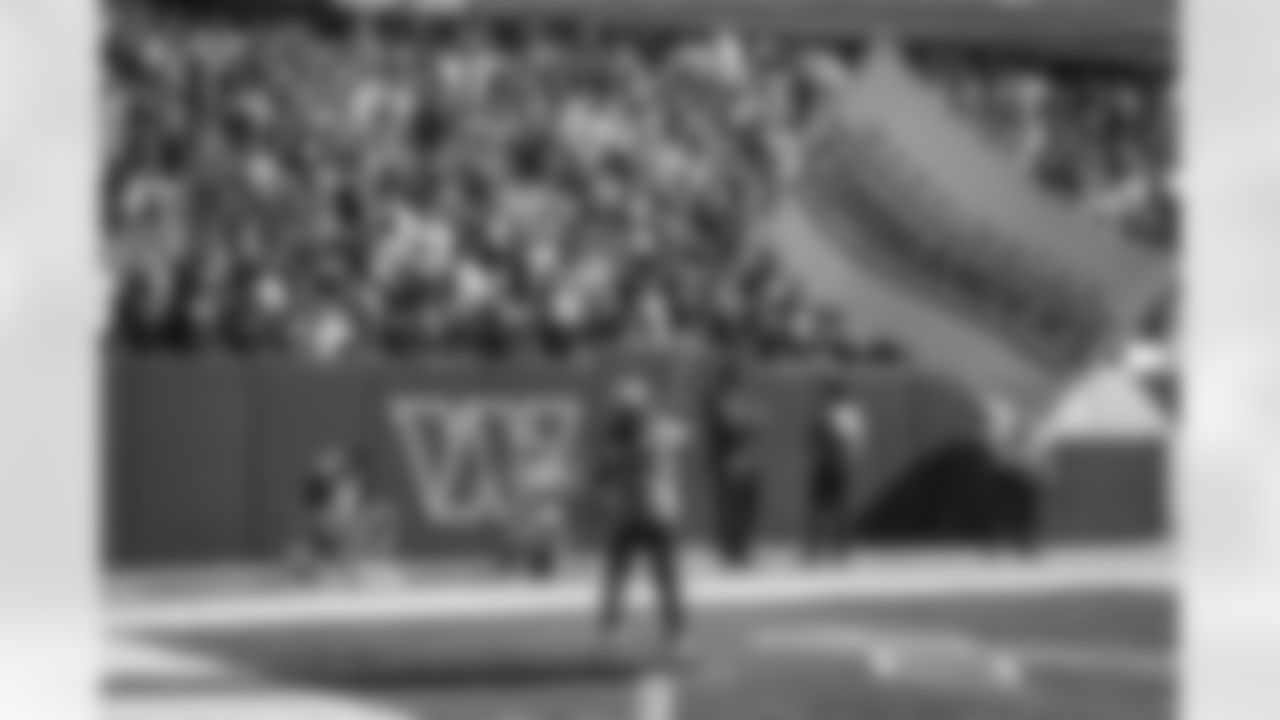
Command Force performing at FedEx Field on October 09, 2022 (Taylor Sims/Washington Commanders)
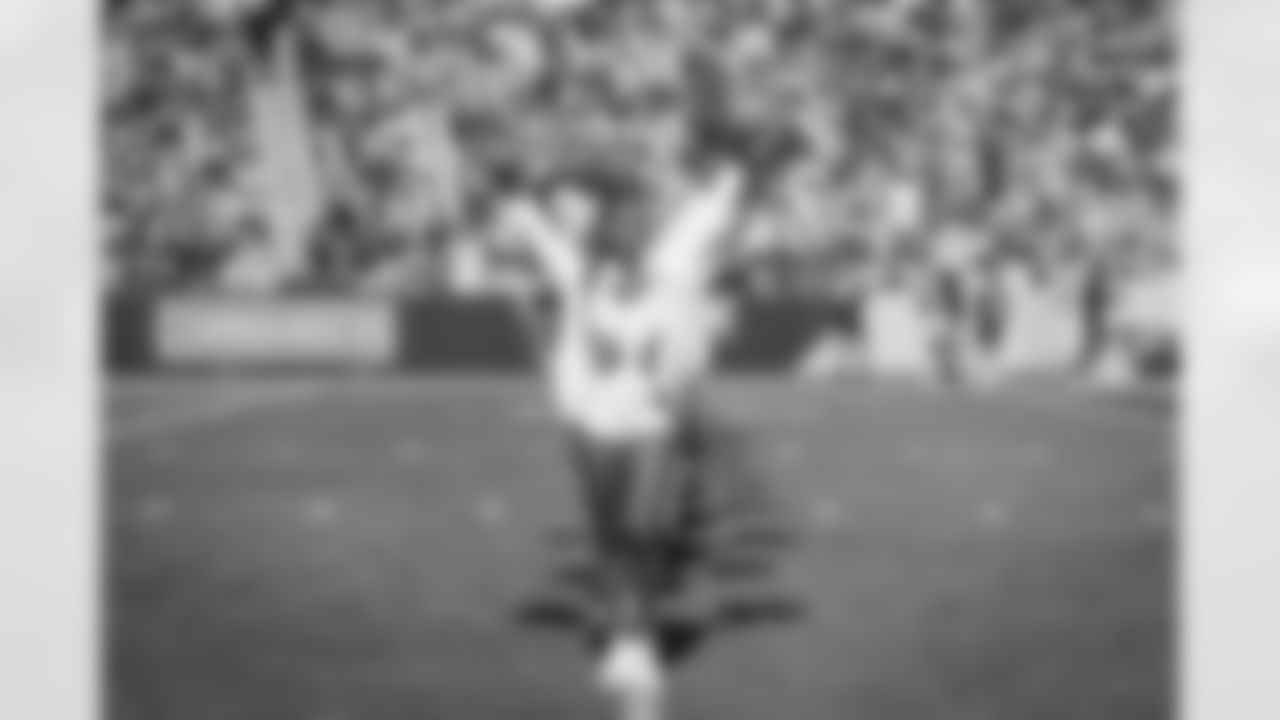
Command Force performing at FedEx Field on October 09, 2022 (Taylor Sims/Washington Commanders)

Command Force performing at FedEx Field on October 09, 2022 (Taylor Sims/Washington Commanders)

Command Force performing at FedEx Field on October 09, 2022 (Taylor Sims/Washington Commanders)

Command Force performing at FedEx Field on October 09, 2022 (Taylor Sims/Washington Commanders)

Command Force performing at FedEx Field on October 09, 2022 (Taylor Sims/Washington Commanders)

Command Force performing at FedEx Field on October 09, 2022 (Taylor Sims/Washington Commanders)
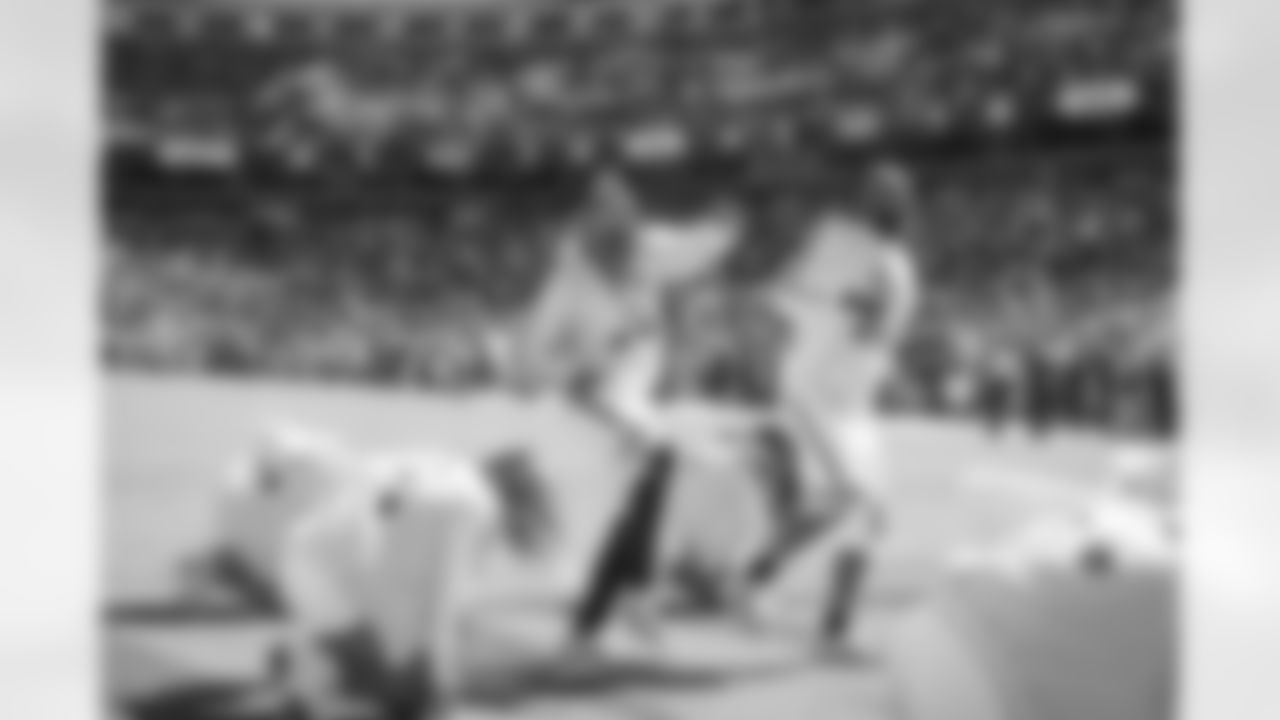
Command Force performing at FedEx Field on October 09, 2022 (Taylor Sims/Washington Commanders)

Command Force performing at FedEx Field on October 09, 2022 (Taylor Sims/Washington Commanders)

Command Force performing at FedEx Field on October 09, 2022 (Taylor Sims/Washington Commanders)
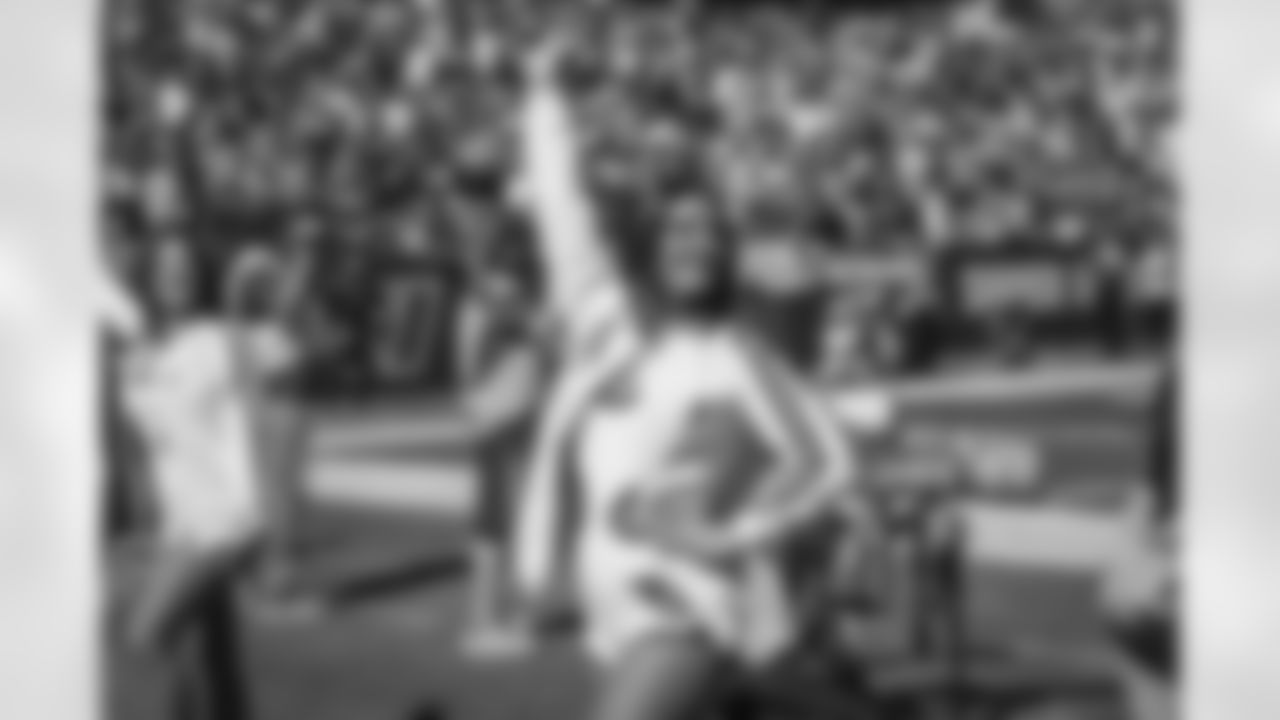
Command Force performing at FedEx Field on October 09, 2022 (Taylor Sims/Washington Commanders)
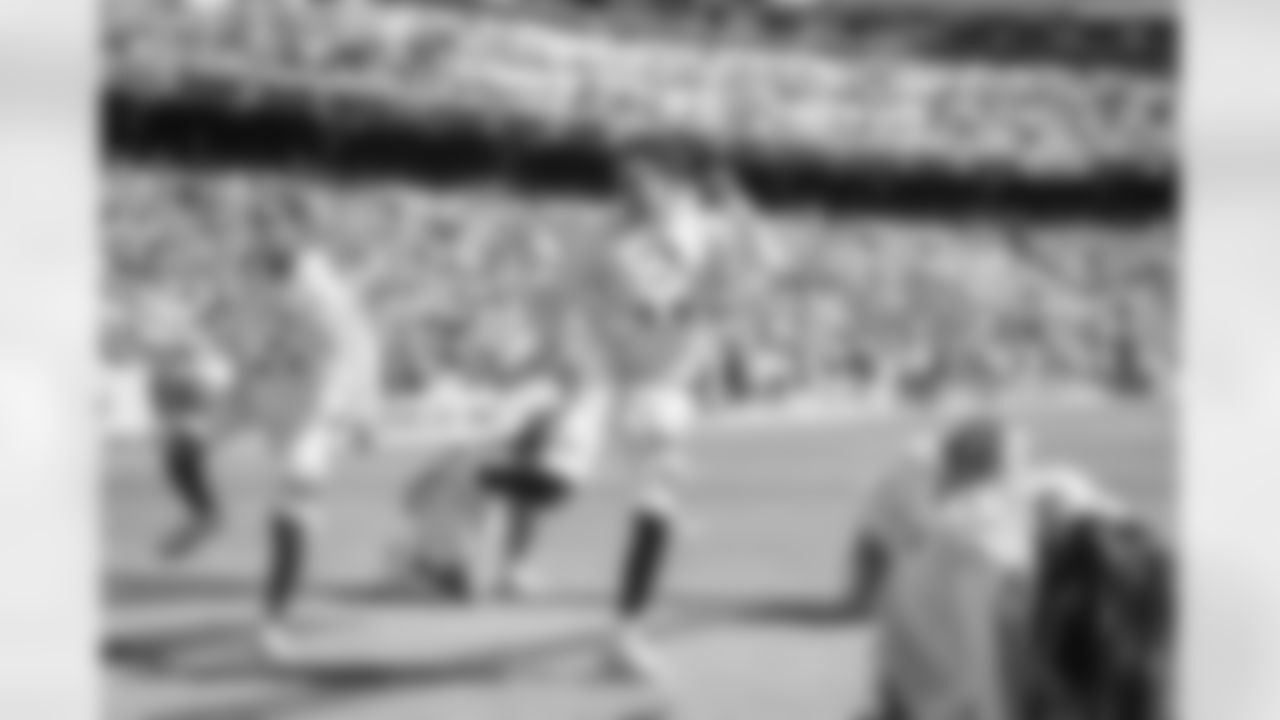
Command Force performing at FedEx Field on October 09, 2022 (Taylor Sims/Washington Commanders)
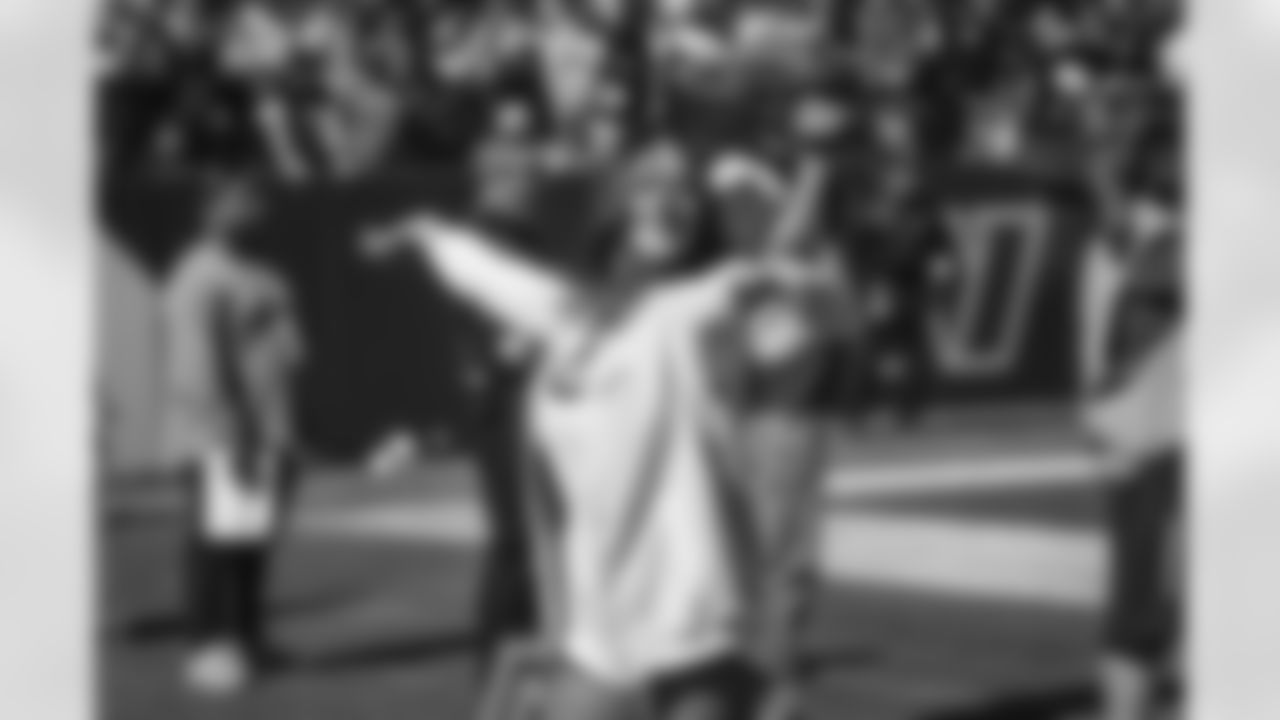
Command Force performing at FedEx Field on October 09, 2022 (Taylor Sims/Washington Commanders)

Command Force performing at FedEx Field on October 09, 2022 (Taylor Sims/Washington Commanders)
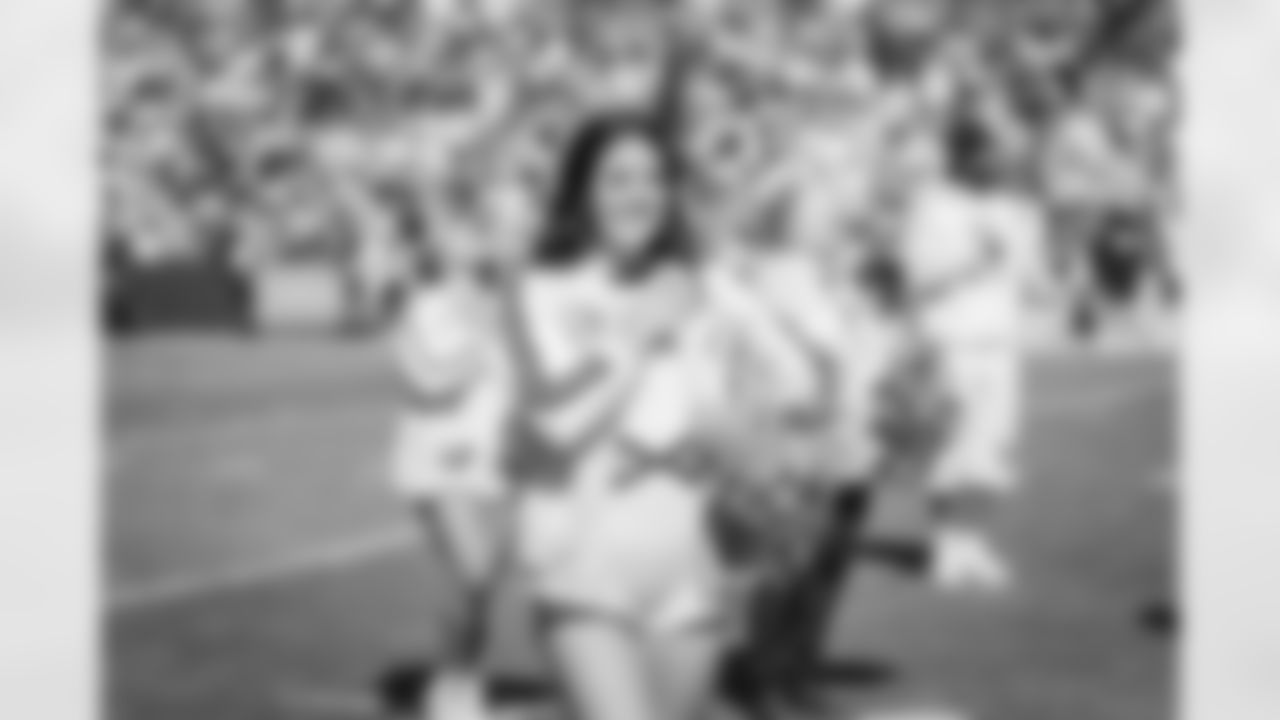
Command Force performing at FedEx Field on October 09, 2022 (Taylor Sims/Washington Commanders)
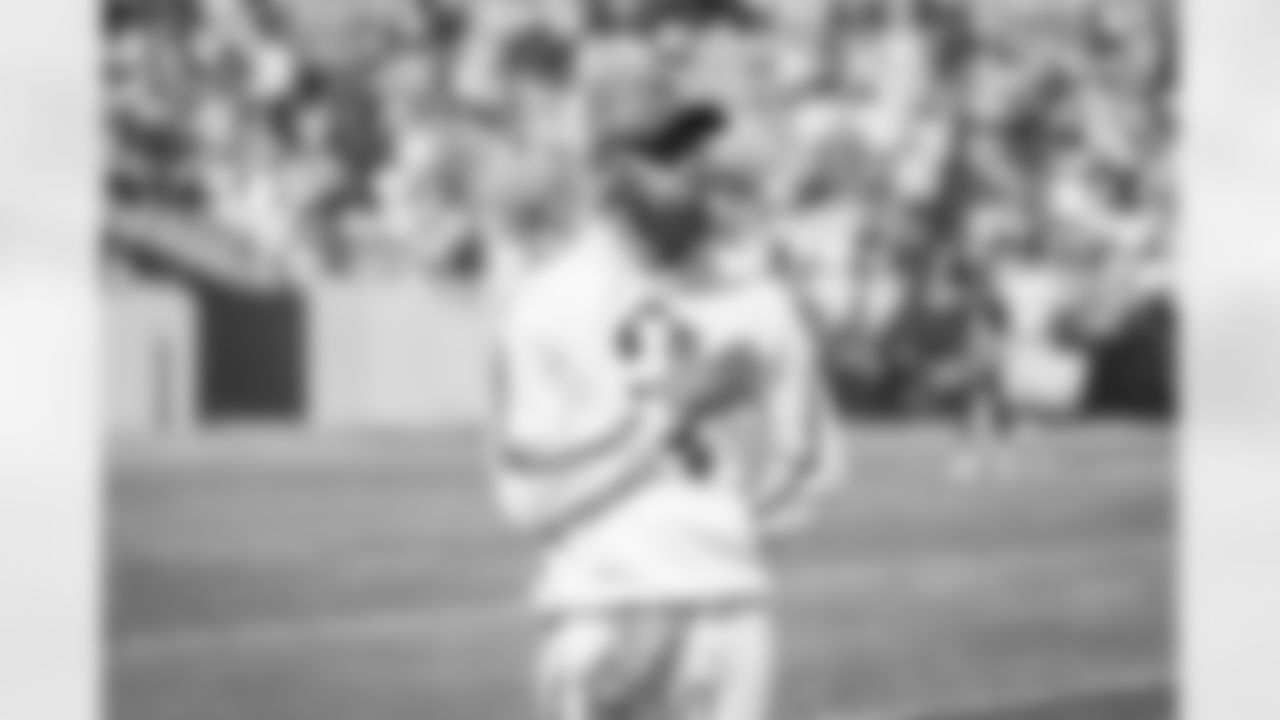
Command Force performing at FedEx Field on October 09, 2022 (Taylor Sims/Washington Commanders)
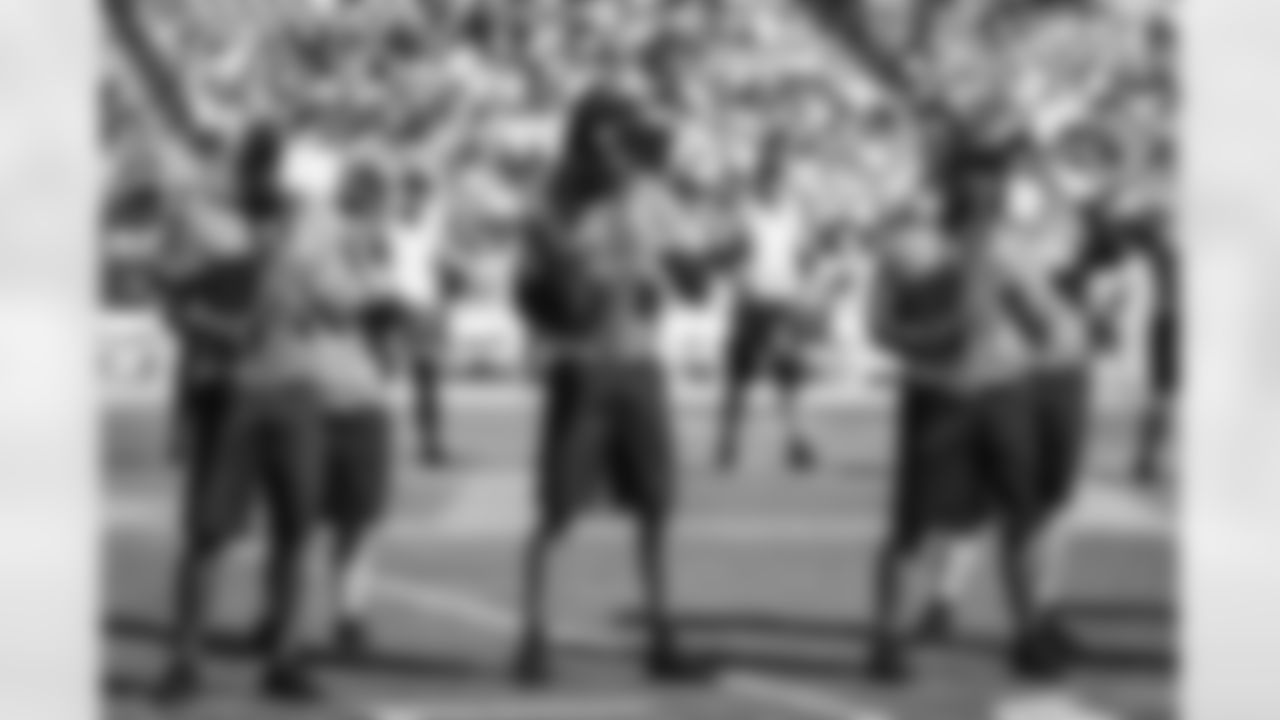
Command Force performing at FedEx Field on October 09, 2022 (Taylor Sims/Washington Commanders)

Command Force performing at FedEx Field on October 09, 2022 (Taylor Sims/Washington Commanders)

Command Force performing at FedEx Field on October 09, 2022 (Taylor Sims/Washington Commanders)

Command Force performing at FedEx Field on October 09, 2022 (Taylor Sims/Washington Commanders)

Command Force performing at FedEx Field on October 09, 2022 (Taylor Sims/Washington Commanders)

Command Force performing at FedEx Field on October 09, 2022 (Taylor Sims/Washington Commanders)
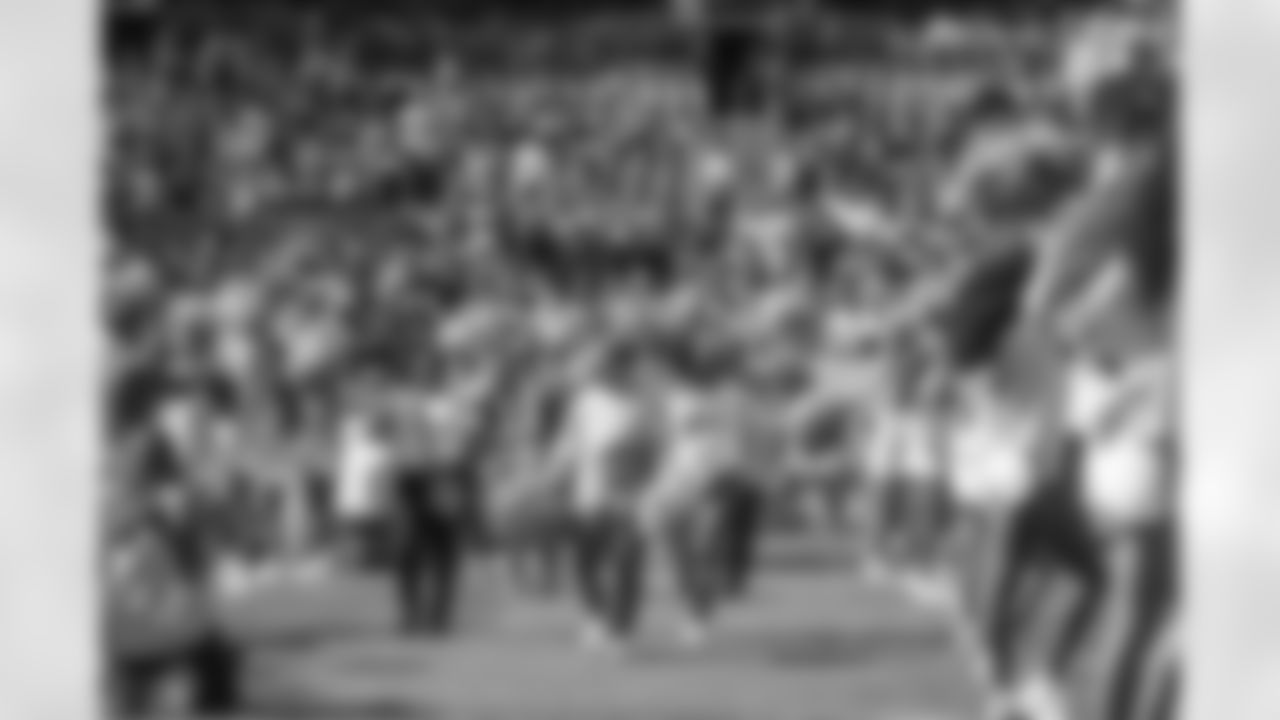
Command Force performing at FedEx Field on October 09, 2022 (Taylor Sims/Washington Commanders)

Command Force performing at FedEx Field on October 09, 2022 (Taylor Sims/Washington Commanders)
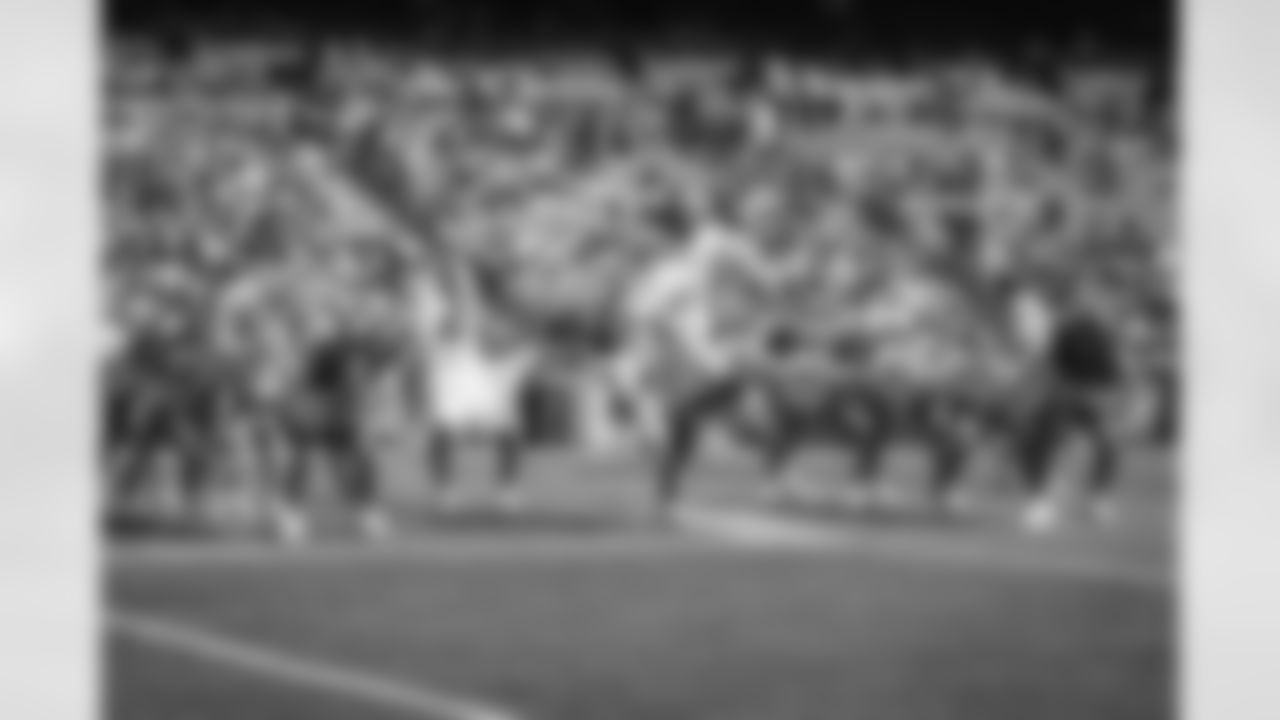
Command Force performing at FedEx Field on October 09, 2022 (Taylor Sims/Washington Commanders)

Command Force performing at FedEx Field on October 09, 2022 (Taylor Sims/Washington Commanders)
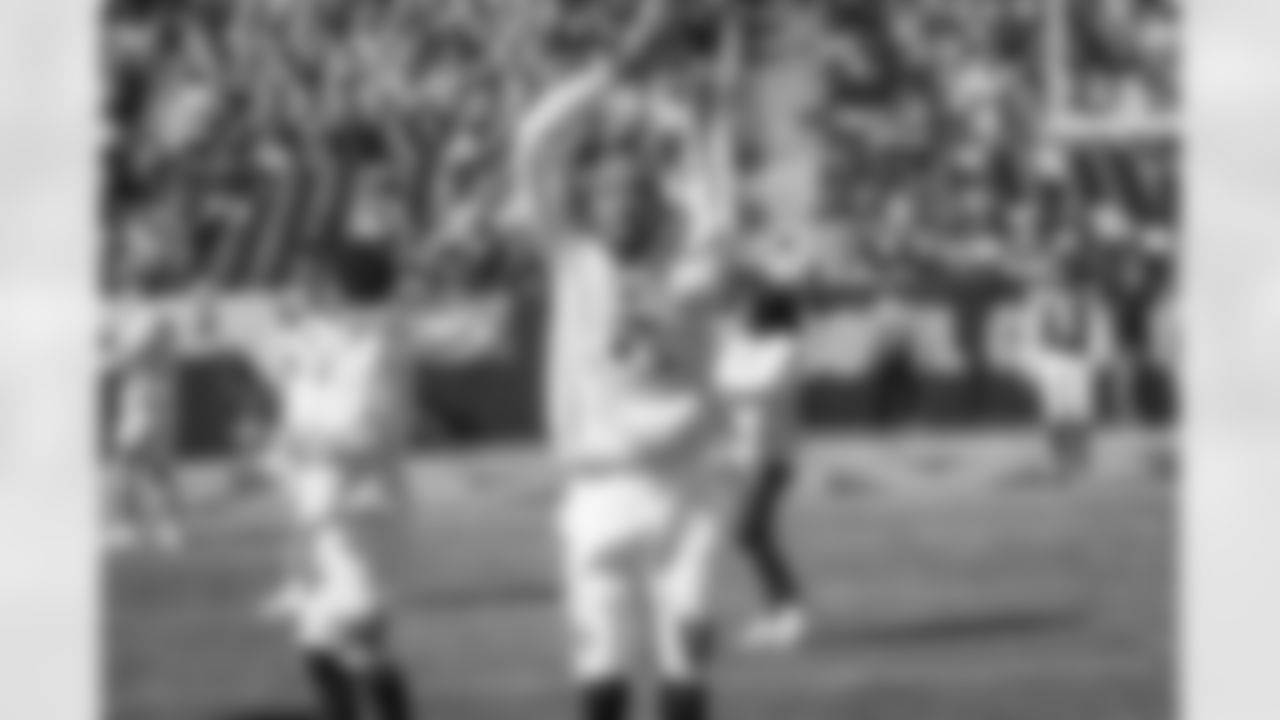
Command Force performing at FedEx Field on October 09, 2022 (Taylor Sims/Washington Commanders)
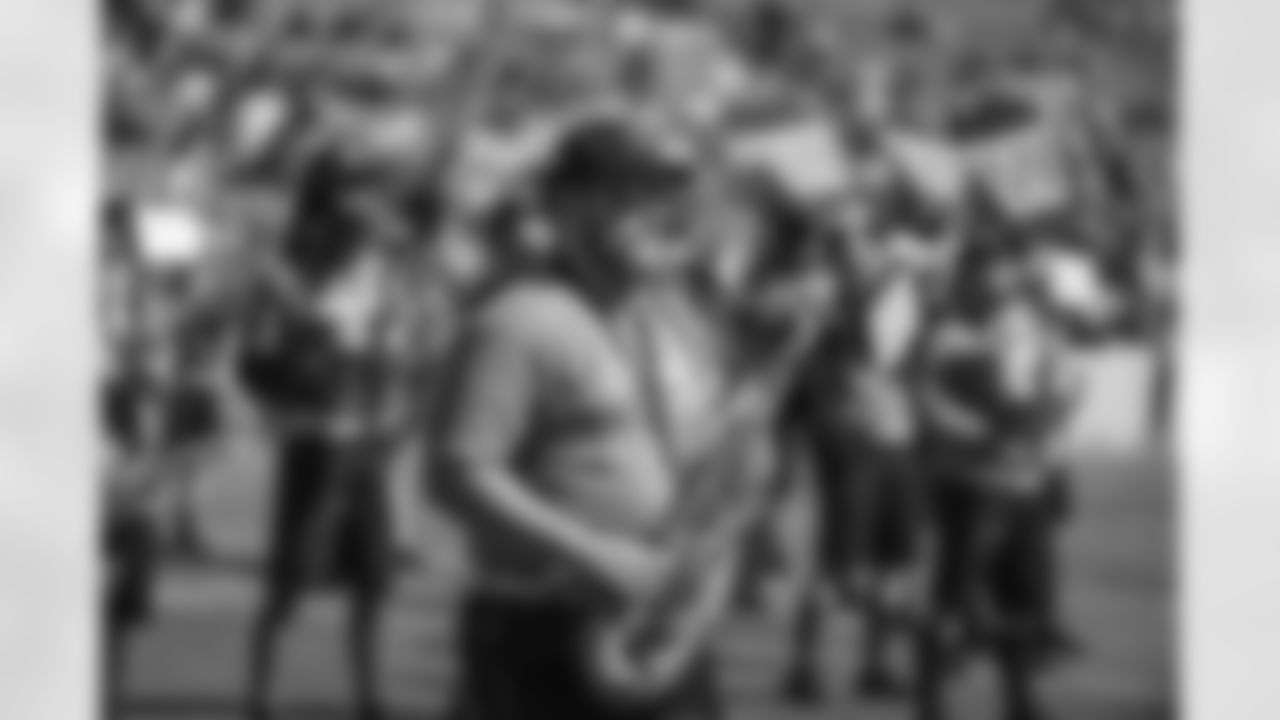
Command Force performing at FedEx Field on October 09, 2022 (Taylor Sims/Washington Commanders)

Command Force performing at FedEx Field on October 09, 2022 (Taylor Sims/Washington Commanders)
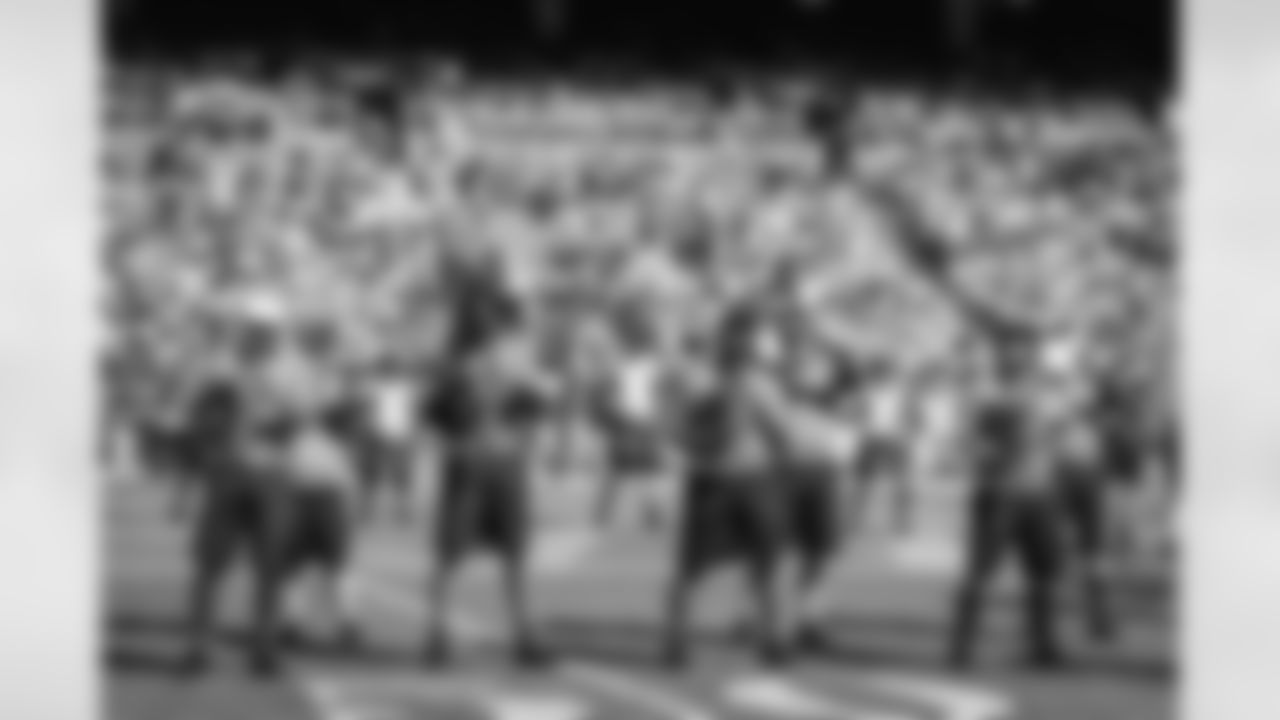
Command Force performing at FedEx Field on October 09, 2022 (Taylor Sims/Washington Commanders)
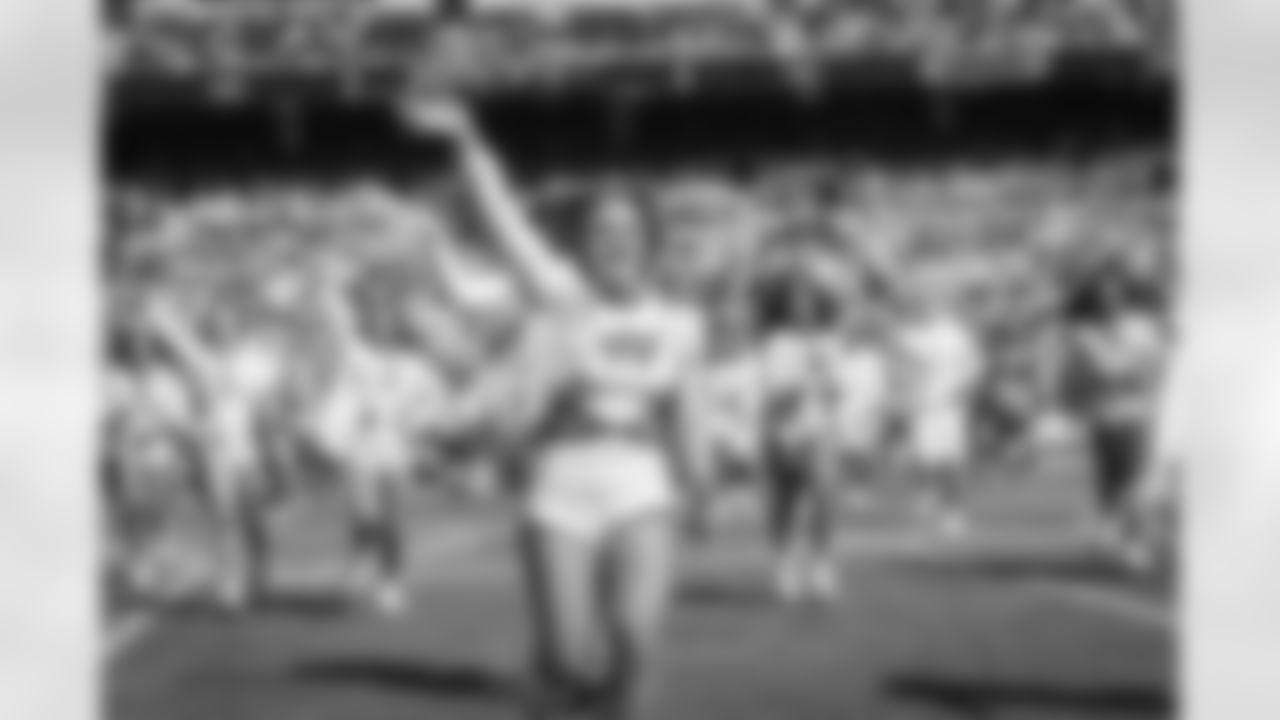
Command Force performing at FedEx Field on October 09, 2022 (Taylor Sims/Washington Commanders)
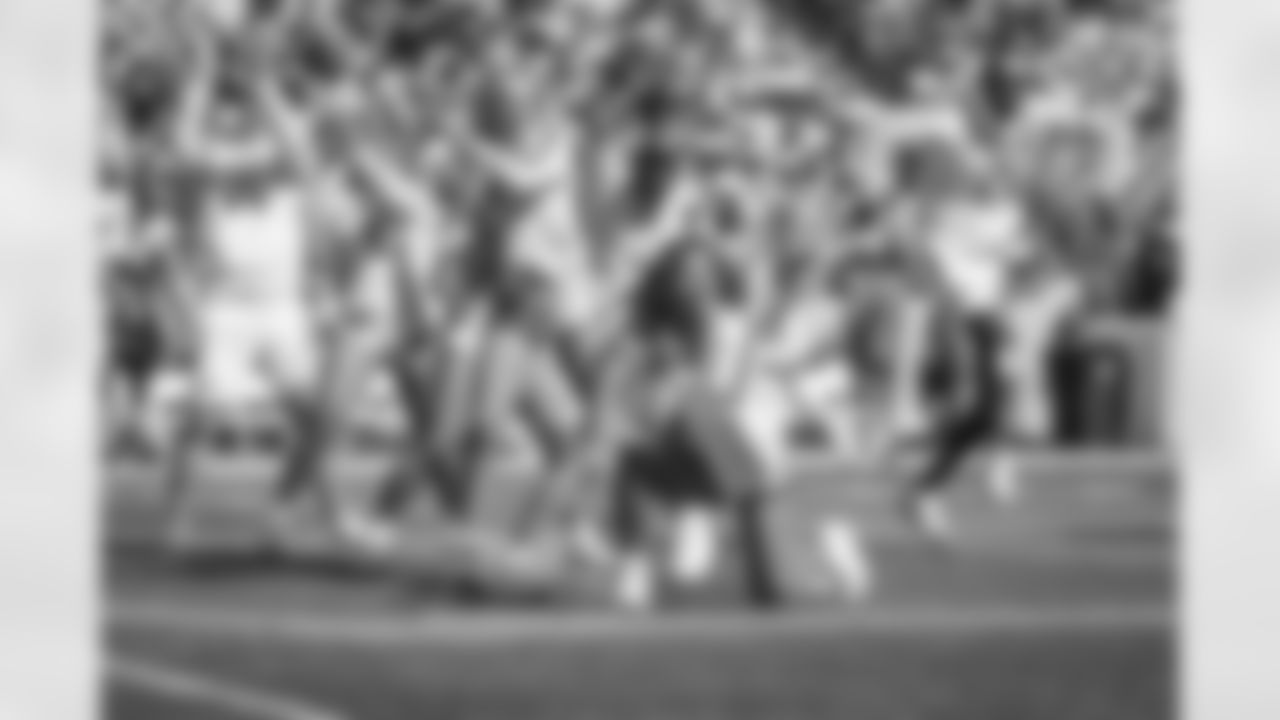
Command Force performing at FedEx Field on October 09, 2022 (Taylor Sims/Washington Commanders)

Command Force performing at FedEx Field on October 09, 2022 (Taylor Sims/Washington Commanders)
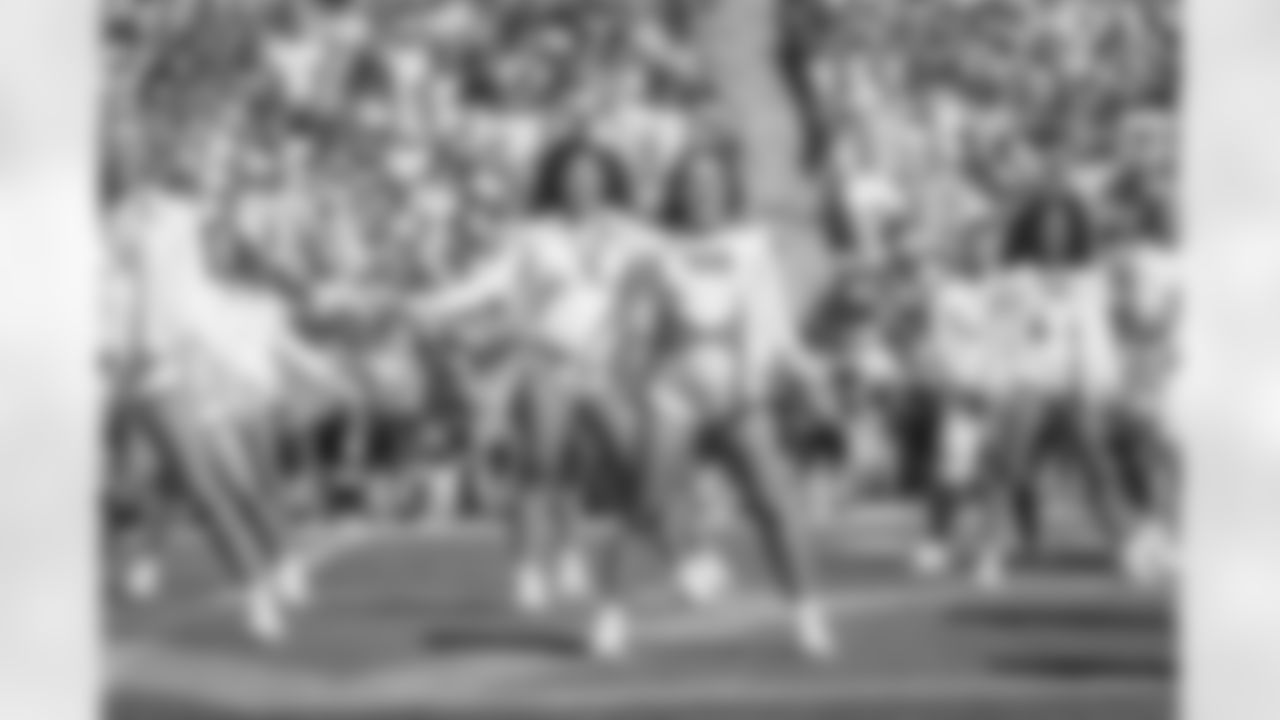
Command Force performing at FedEx Field on October 09, 2022 (Taylor Sims/Washington Commanders)
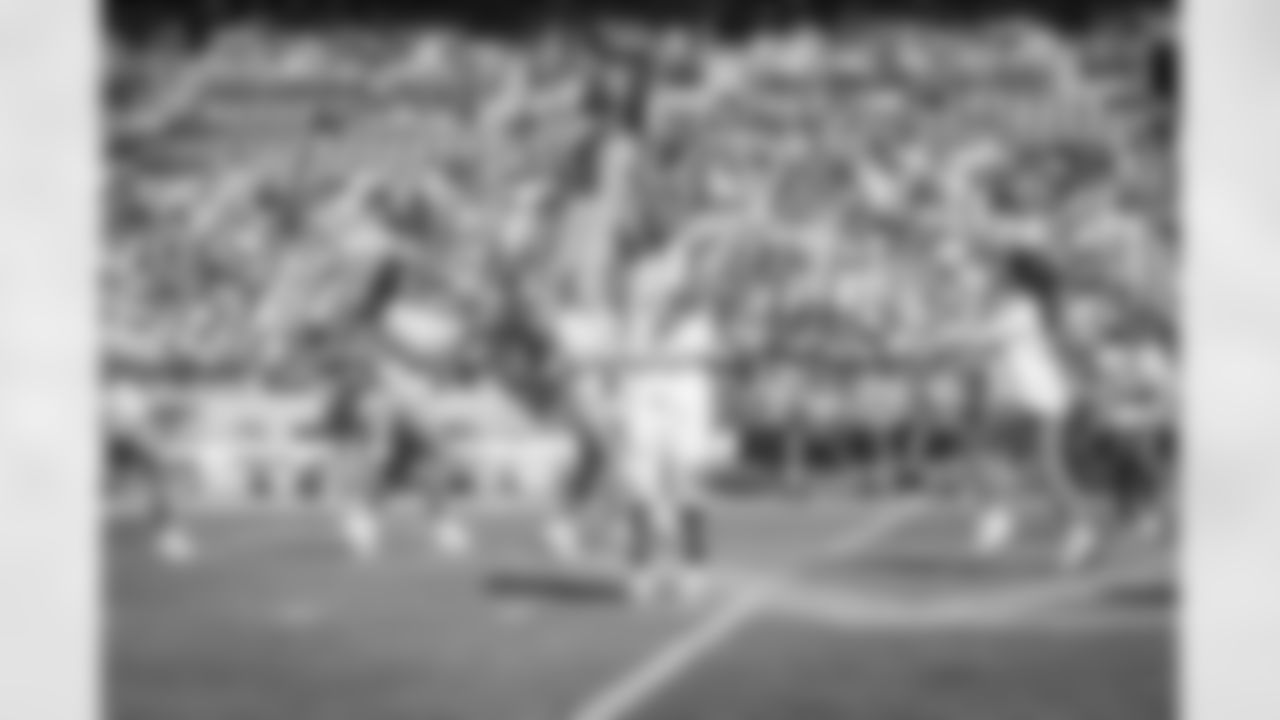
Command Force performing at FedEx Field on October 09, 2022 (Taylor Sims/Washington Commanders)
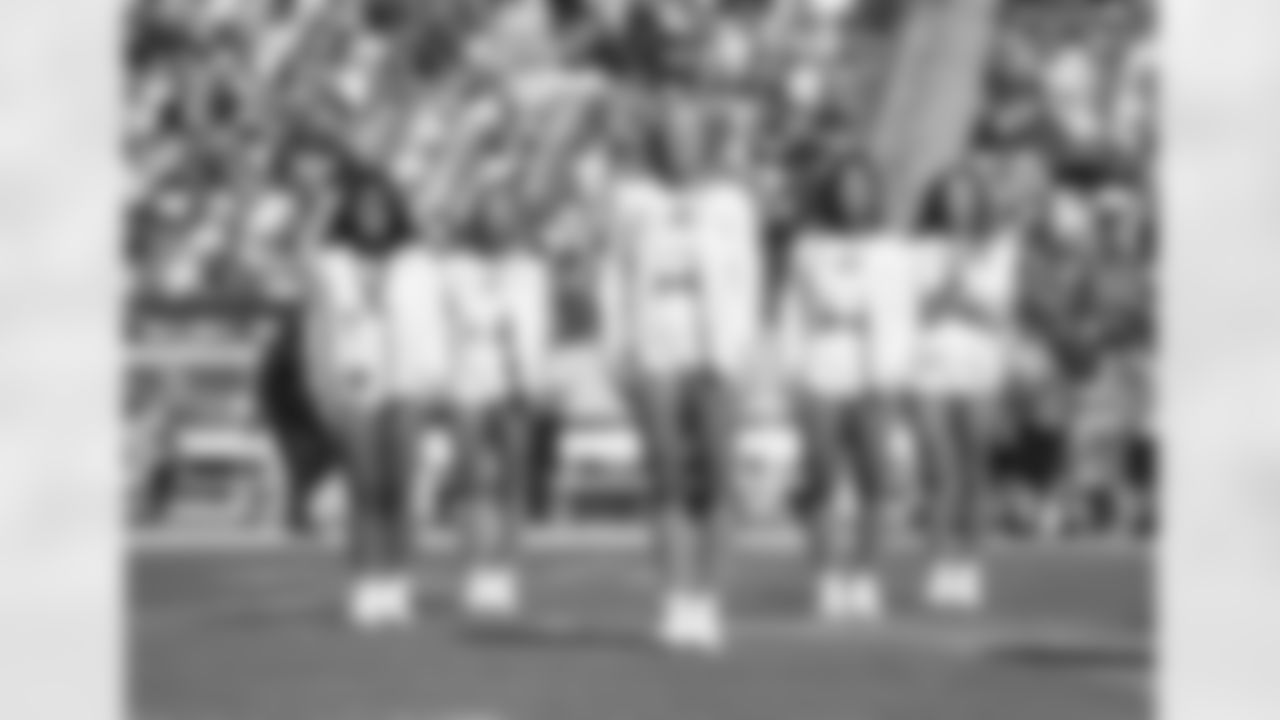
Command Force performing at FedEx Field on October 09, 2022 (Taylor Sims/Washington Commanders)
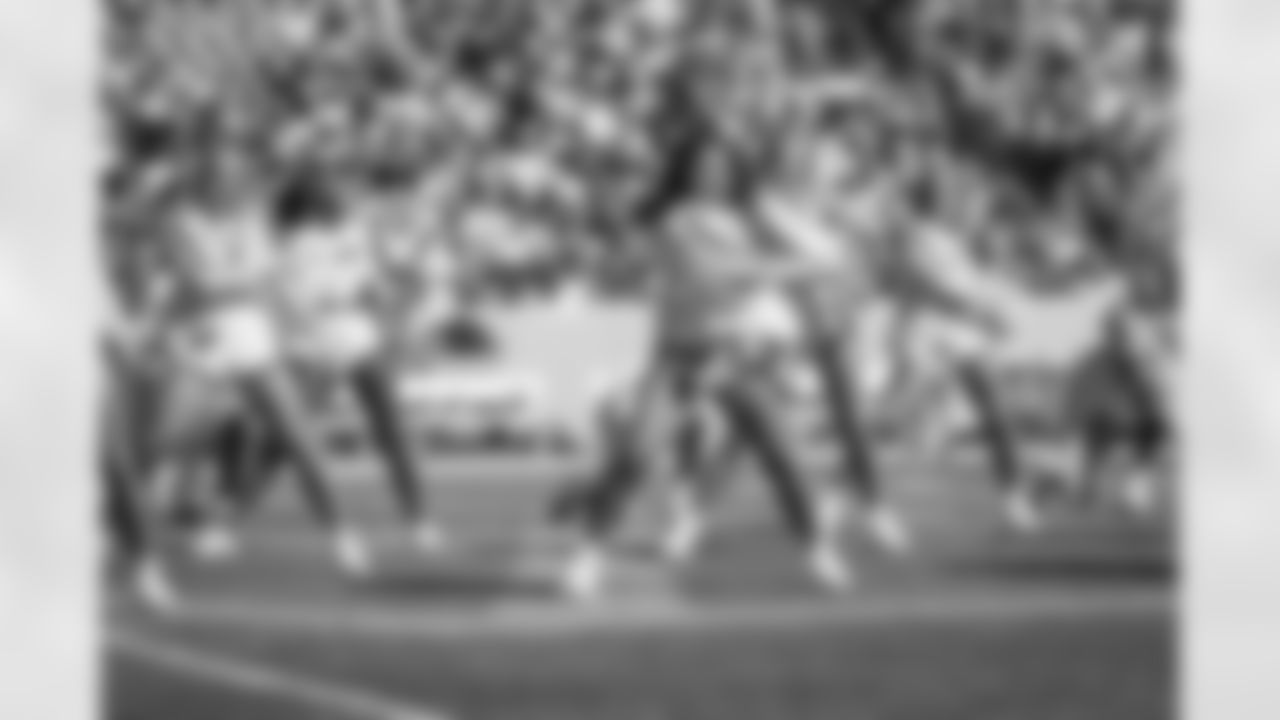
Command Force performing at FedEx Field on October 09, 2022 (Taylor Sims/Washington Commanders)
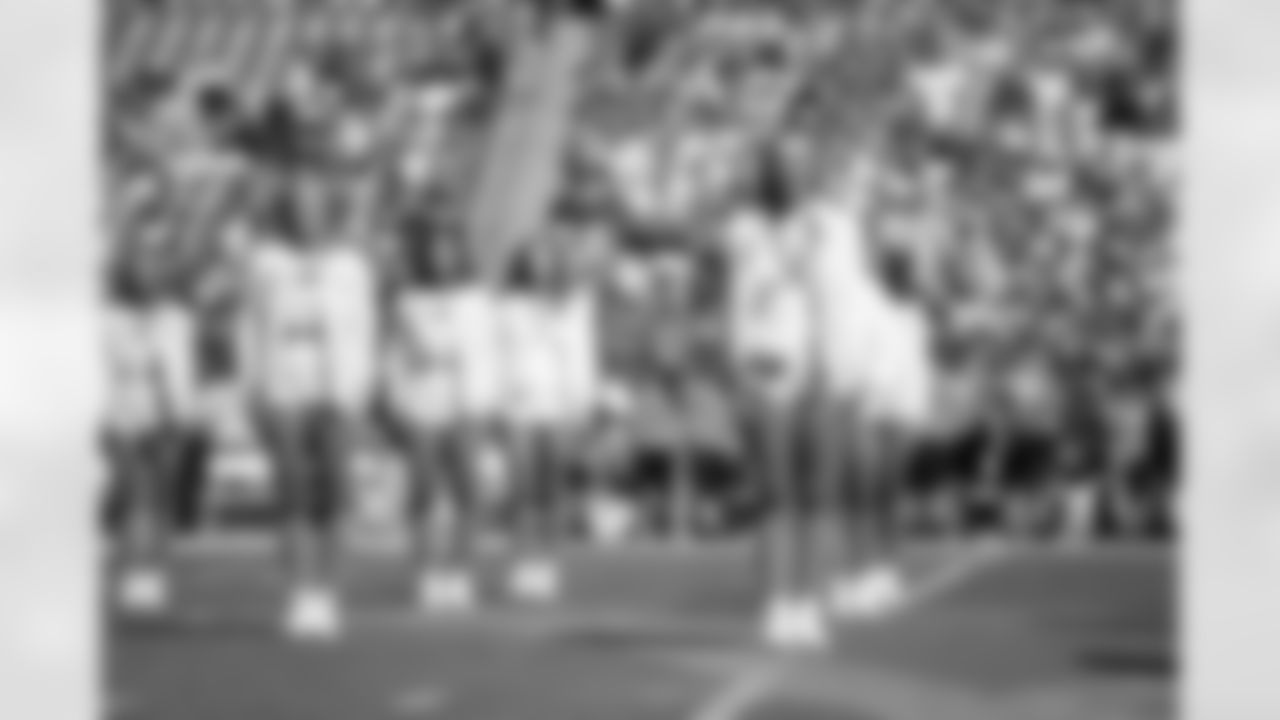
Command Force performing at FedEx Field on October 09, 2022 (Taylor Sims/Washington Commanders)
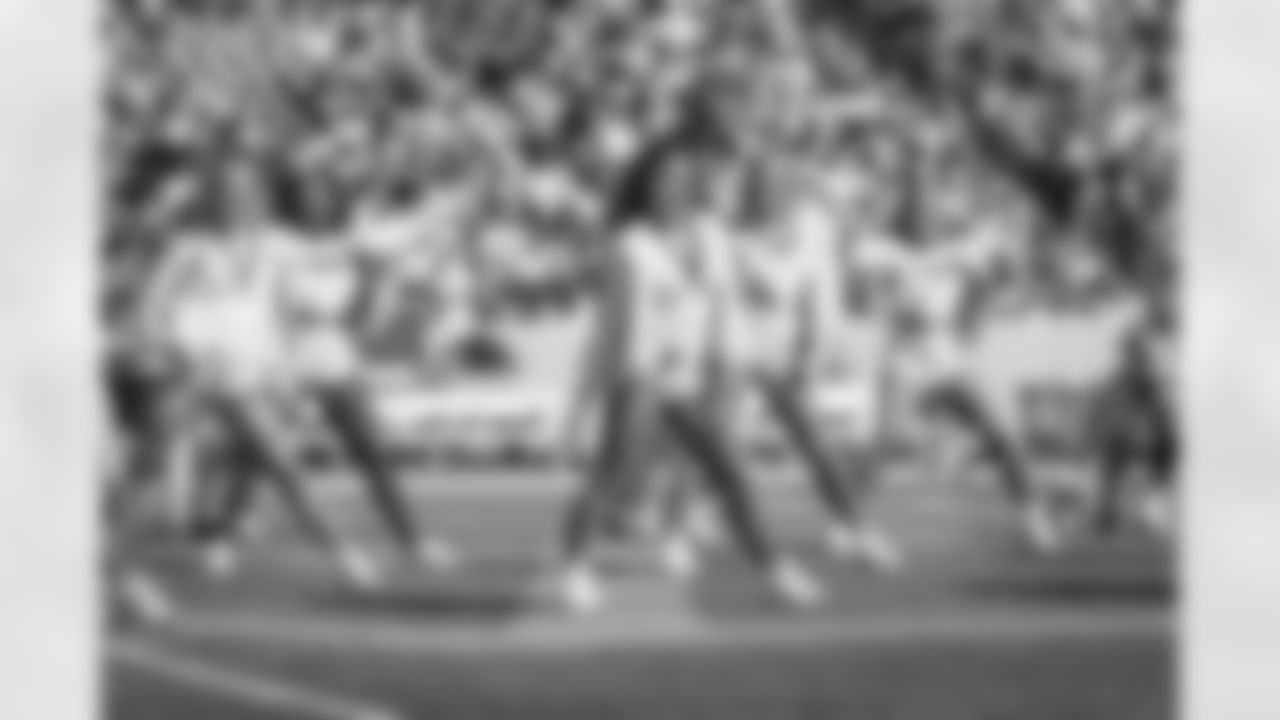
Command Force performing at FedEx Field on October 09, 2022 (Taylor Sims/Washington Commanders)

Command Force performing at FedEx Field on October 09, 2022 (Taylor Sims/Washington Commanders)
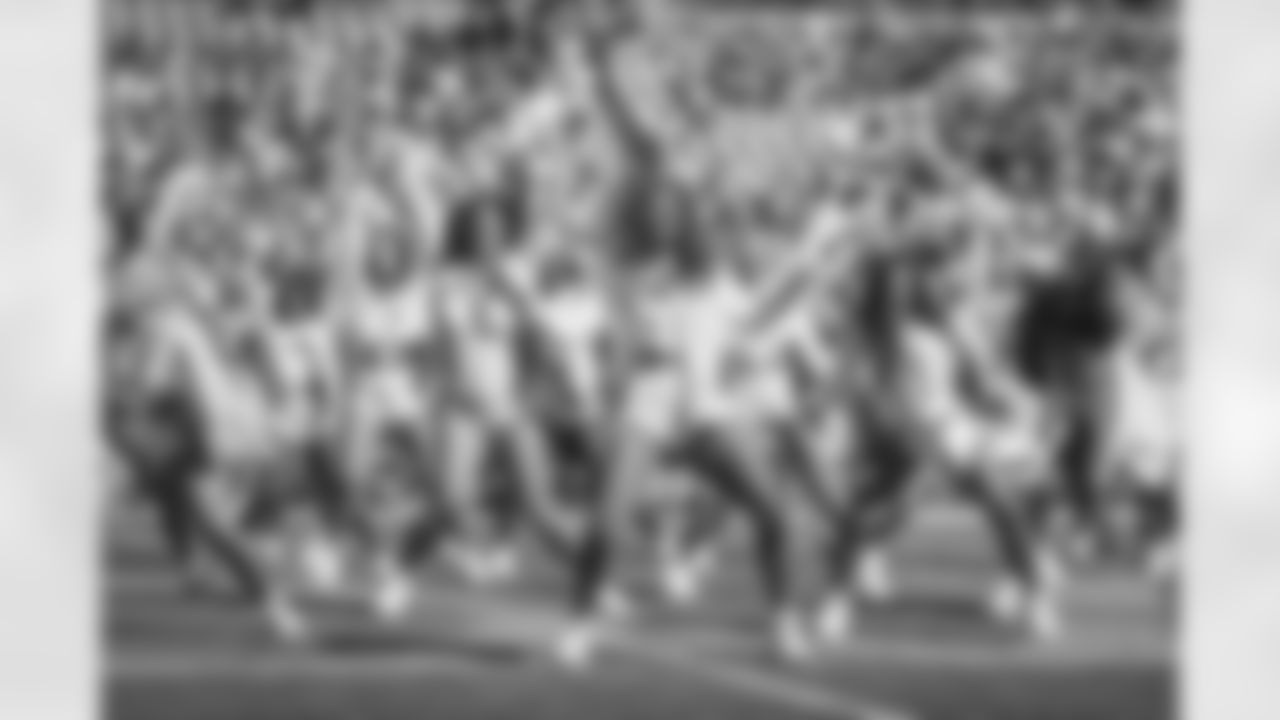
Command Force performing at FedEx Field on October 09, 2022 (Taylor Sims/Washington Commanders)
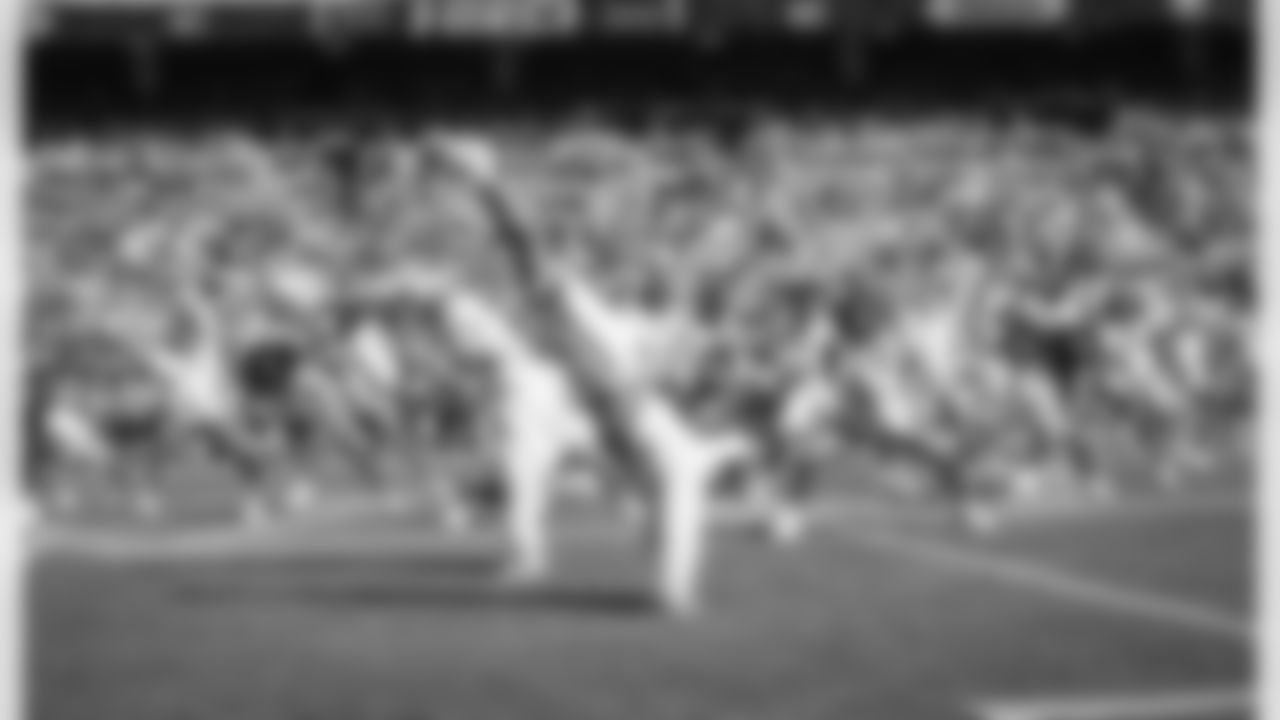
Command Force performing at FedEx Field on October 09, 2022 (Taylor Sims/Washington Commanders)
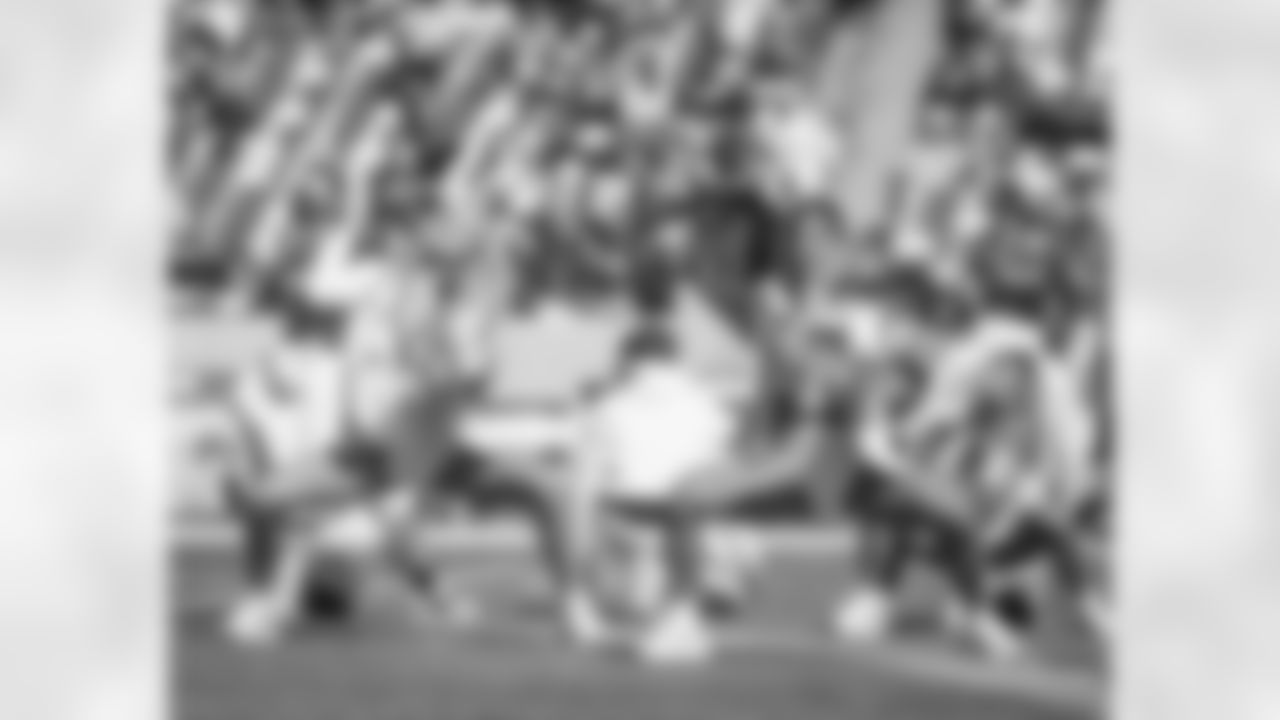
Command Force performing at FedEx Field on October 09, 2022 (Taylor Sims/Washington Commanders)
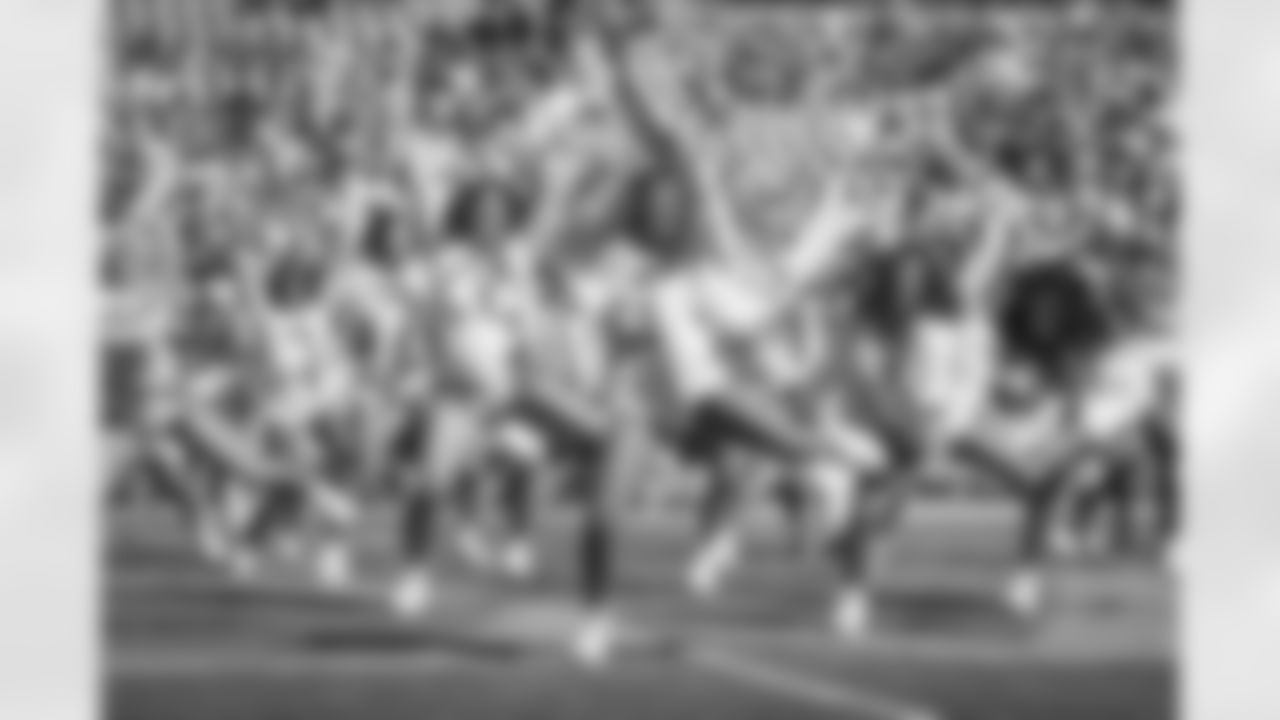
Command Force performing at FedEx Field on October 09, 2022 (Taylor Sims/Washington Commanders)

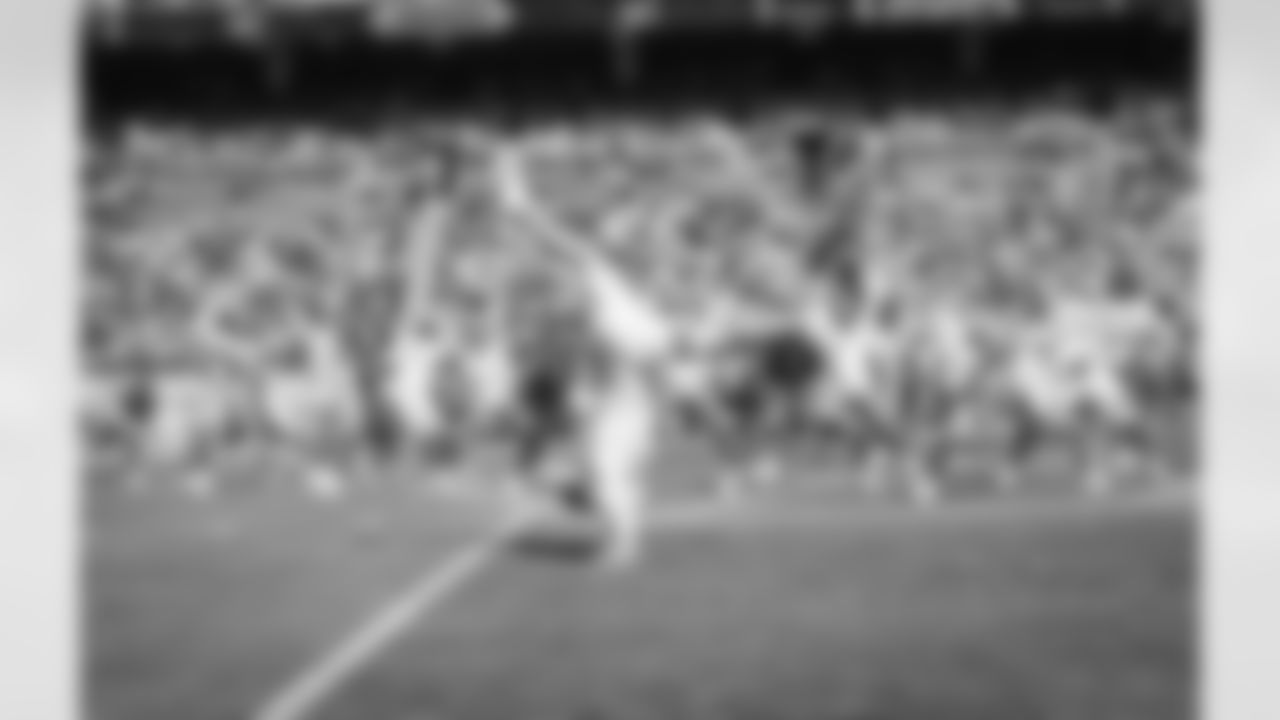
Command Force performing at FedEx Field on October 09, 2022 (Taylor Sims/Washington Commanders)
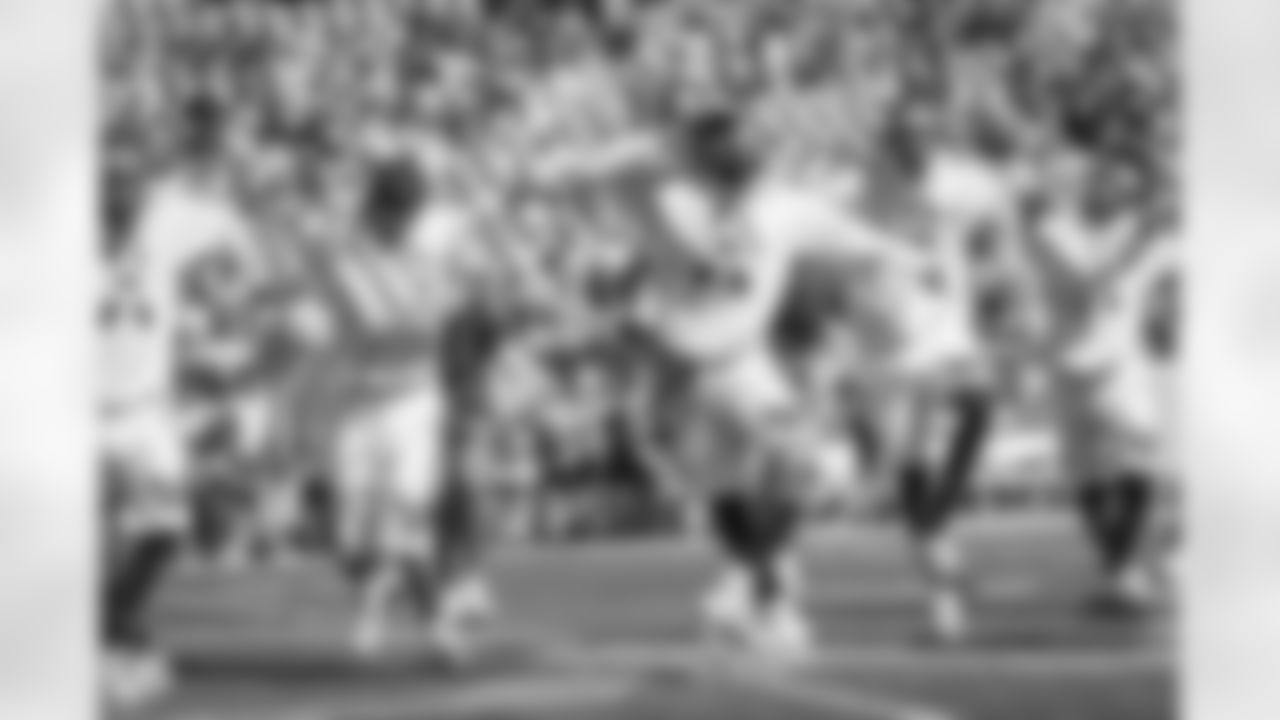
Command Force performing at FedEx Field on October 09, 2022 (Taylor Sims/Washington Commanders)
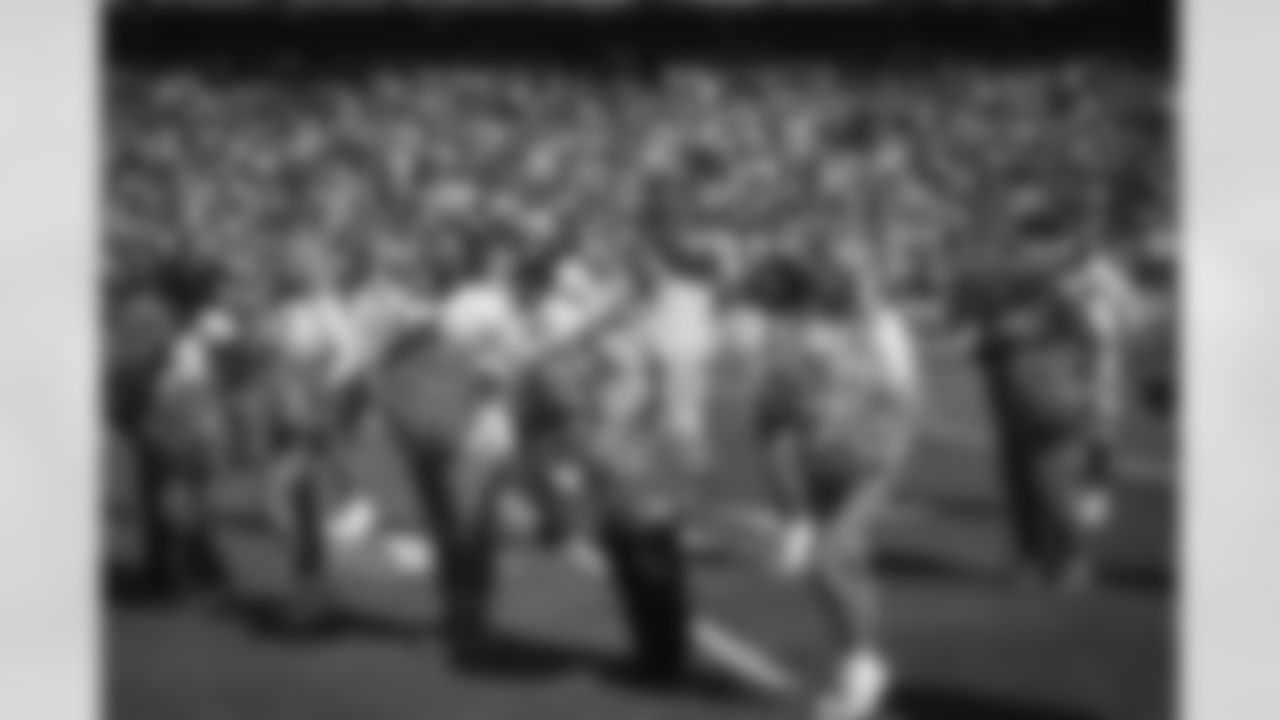
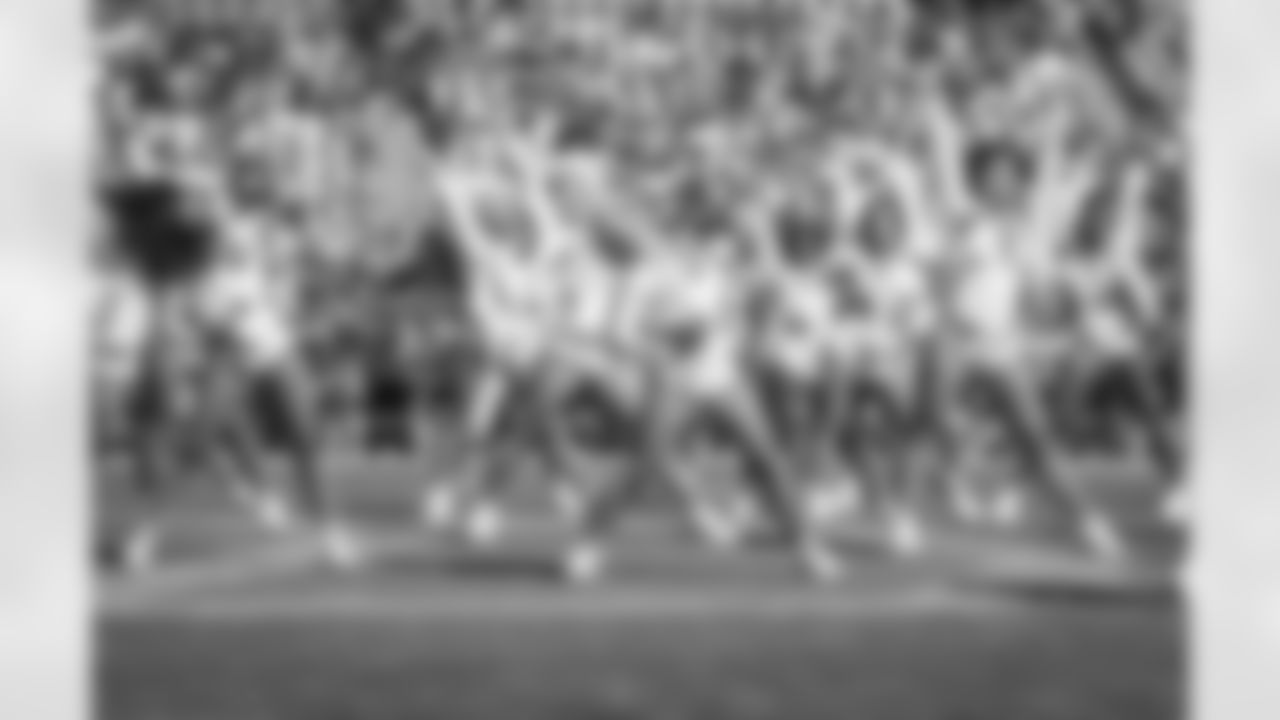
Command Force performing at FedEx Field on October 09, 2022 (Taylor Sims/Washington Commanders)


Command Force, Breast Cancer Awareness, Command the Cure, Think Pink (Courtland Sutton/Washington Commanders)
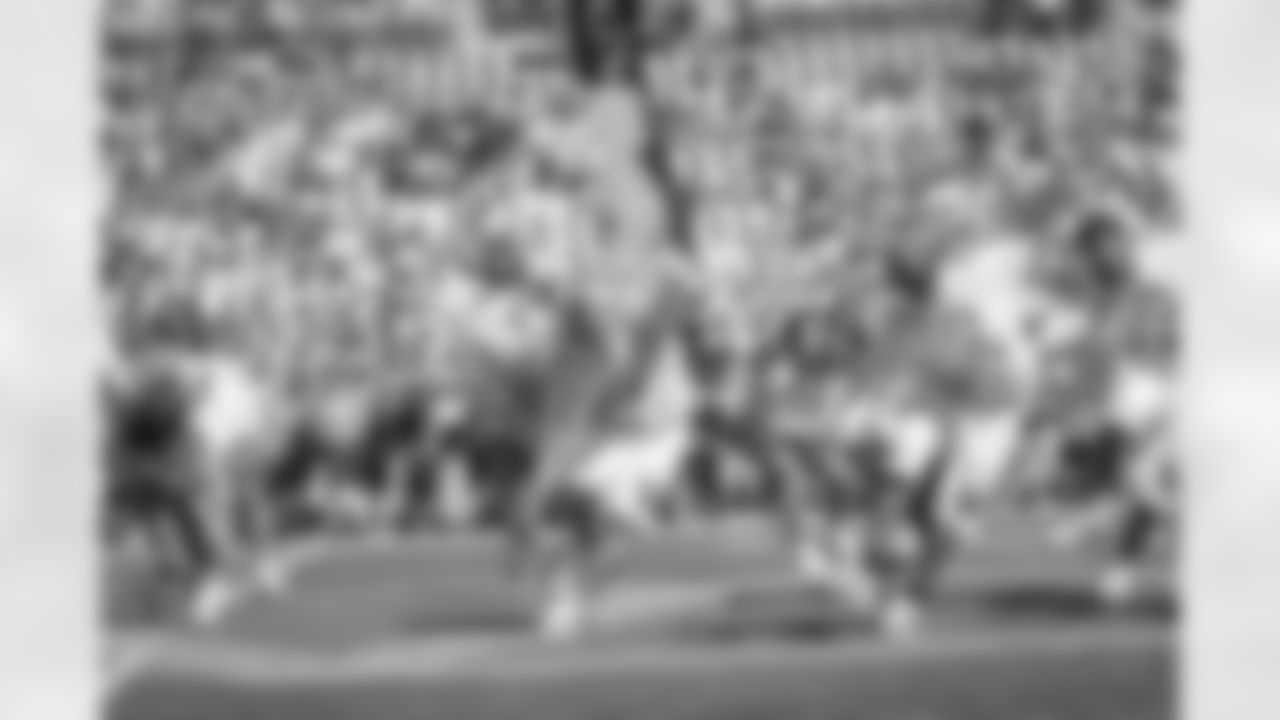
Command Force performing at FedEx Field on October 09, 2022 (Taylor Sims/Washington Commanders)

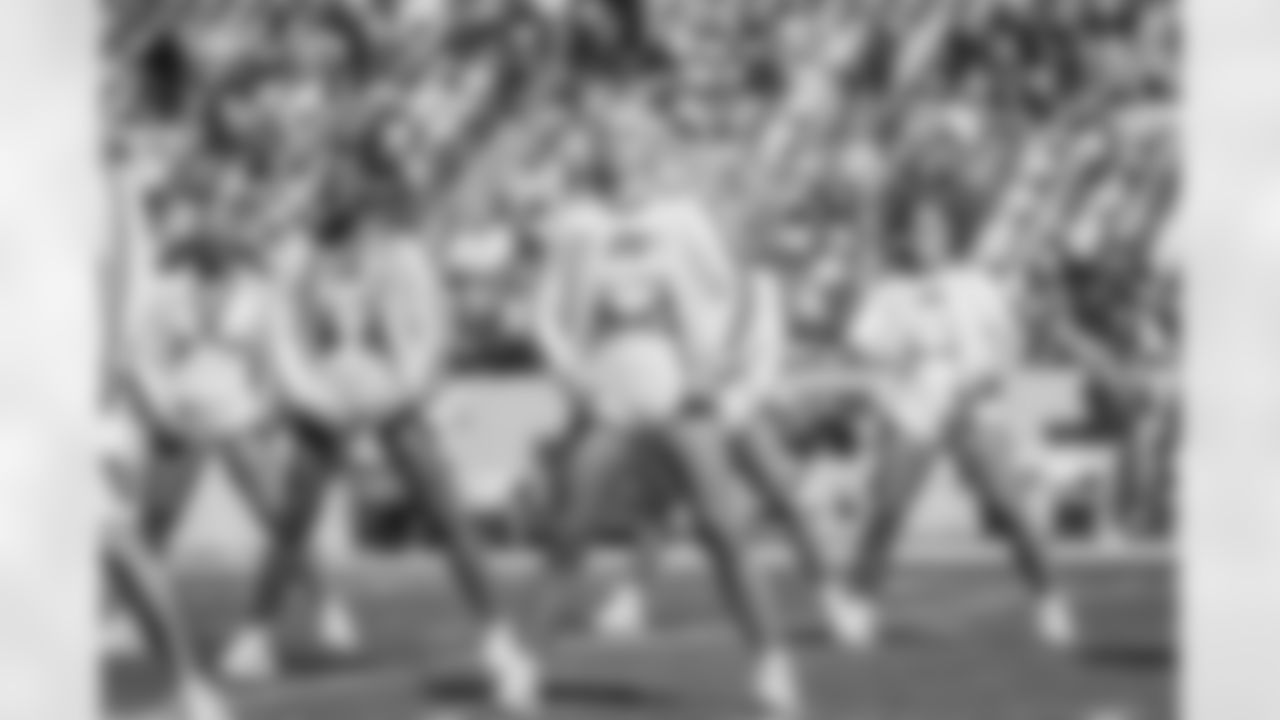
Command Force performing at FedEx Field on October 09, 2022 (Taylor Sims/Washington Commanders)
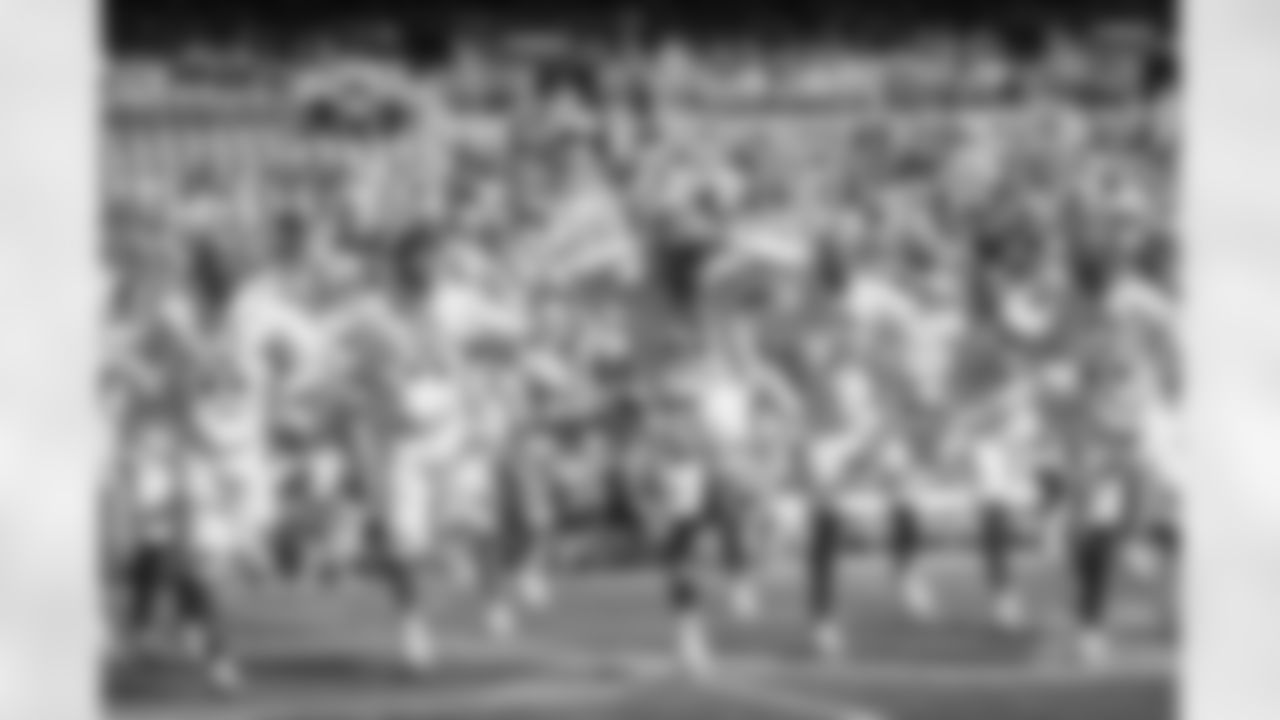
Command Force performing at FedEx Field on October 09, 2022 (Taylor Sims/Washington Commanders)
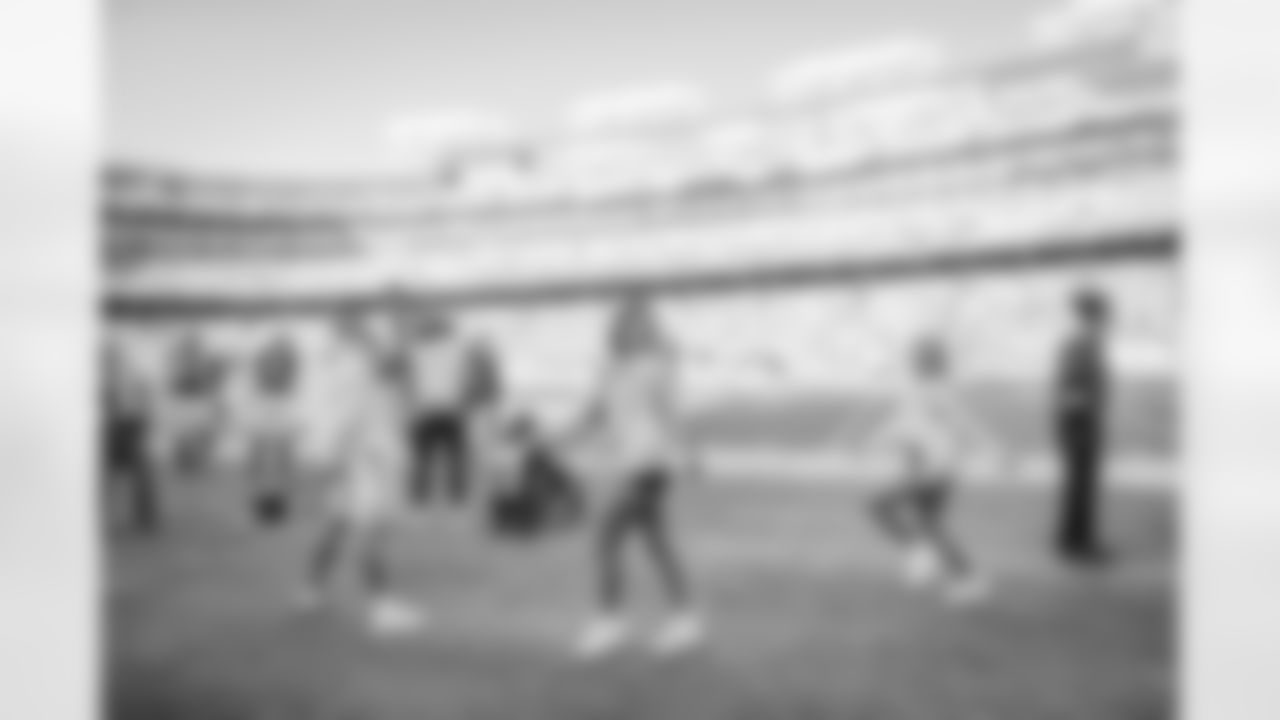
Command Force performing at FedEx Field on October 09, 2022 (Taylor Sims/Washington Commanders)
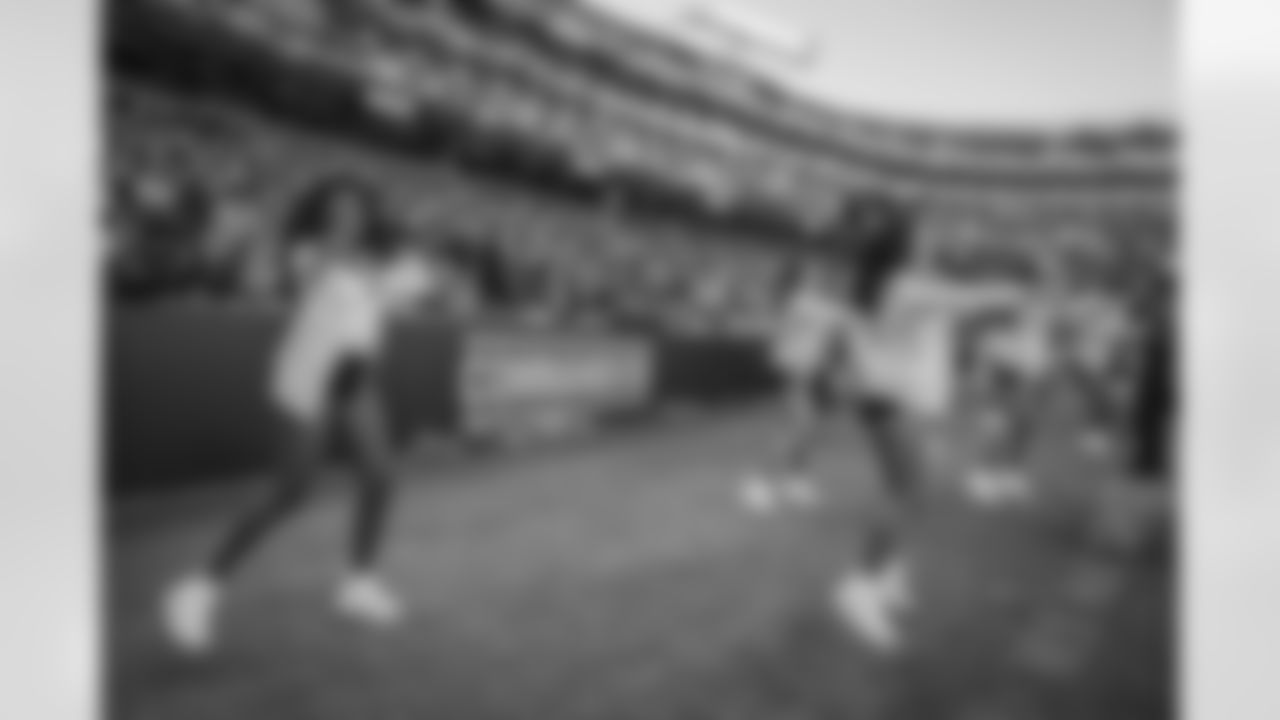
Command Force performing at FedEx Field on October 09, 2022 (Taylor Sims/Washington Commanders)

Command Force performing at FedEx Field on October 09, 2022 (Taylor Sims/Washington Commanders)

Command Force performing at FedEx Field on October 09, 2022 (Taylor Sims/Washington Commanders)

Command Force performing at FedEx Field on October 09, 2022 (Taylor Sims/Washington Commanders)

Command Force performing at FedEx Field on October 09, 2022 (Taylor Sims/Washington Commanders)

Command Force performing at FedEx Field on October 09, 2022 (Taylor Sims/Washington Commanders)
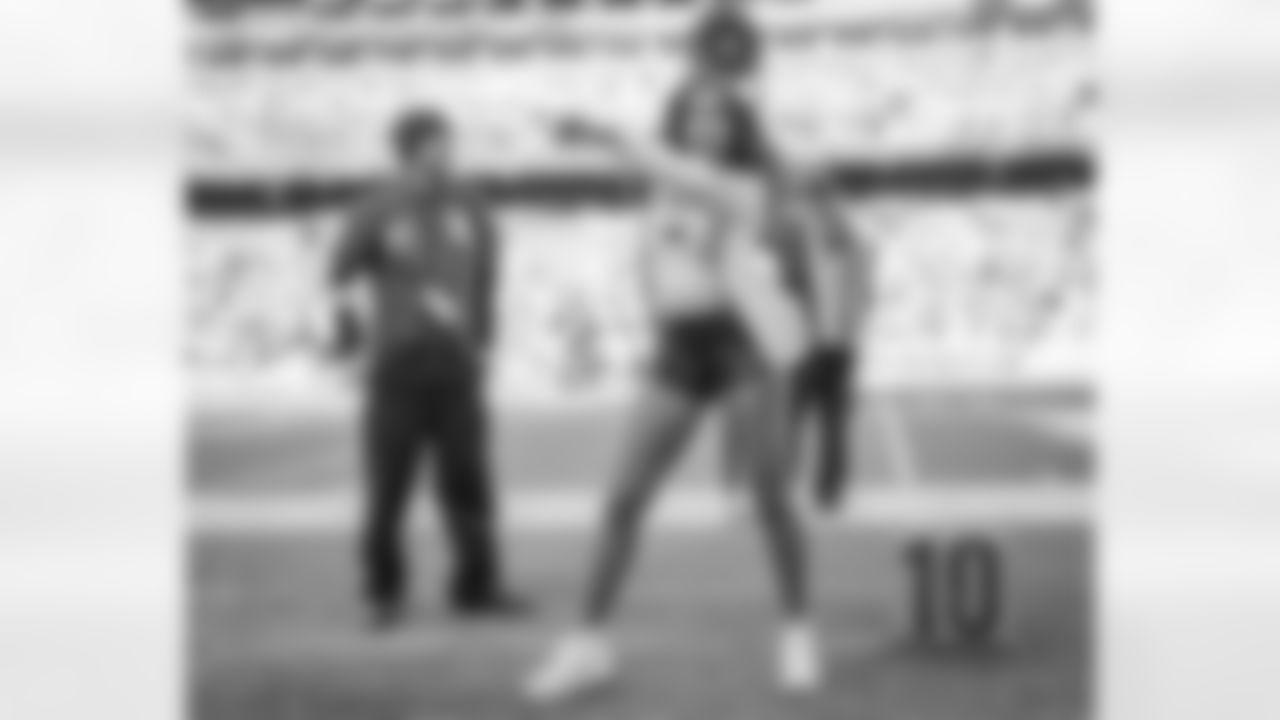
Command Force performing at FedEx Field on October 09, 2022 (Taylor Sims/Washington Commanders)
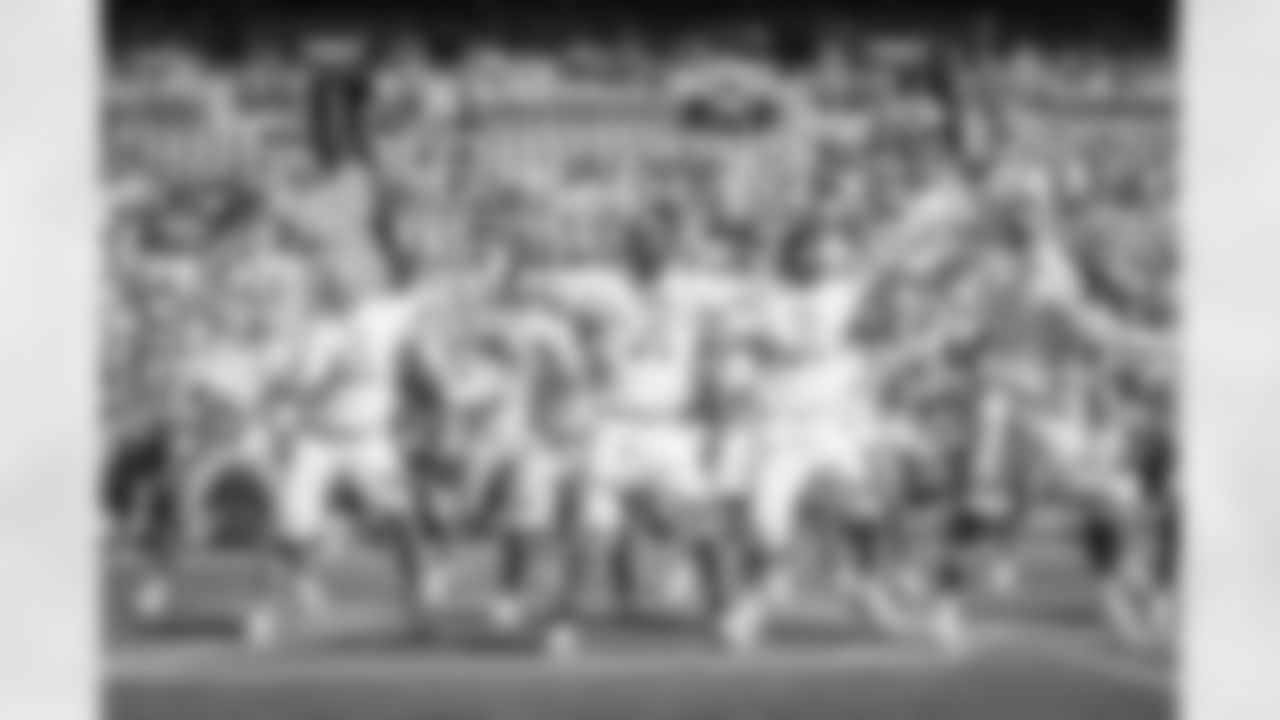
Command Force performing at FedEx Field on October 09, 2022 (Taylor Sims/Washington Commanders)
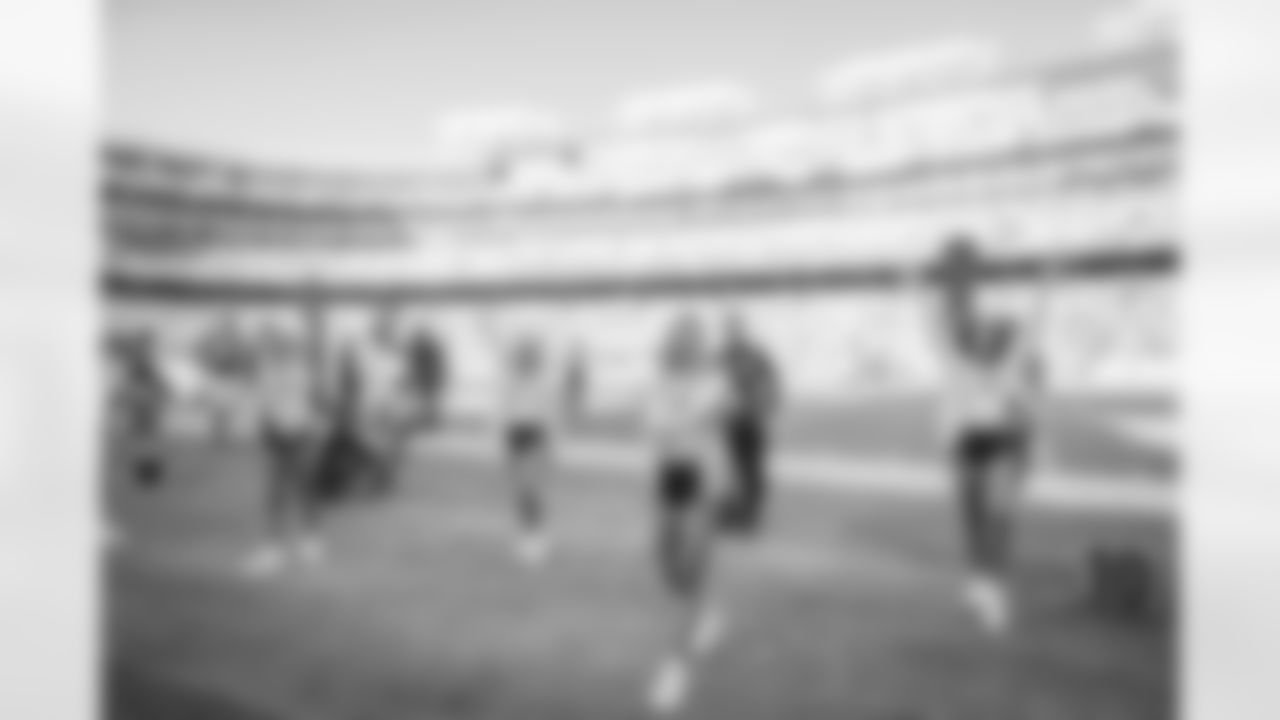
Command Force performing at FedEx Field on October 09, 2022 (Taylor Sims/Washington Commanders)
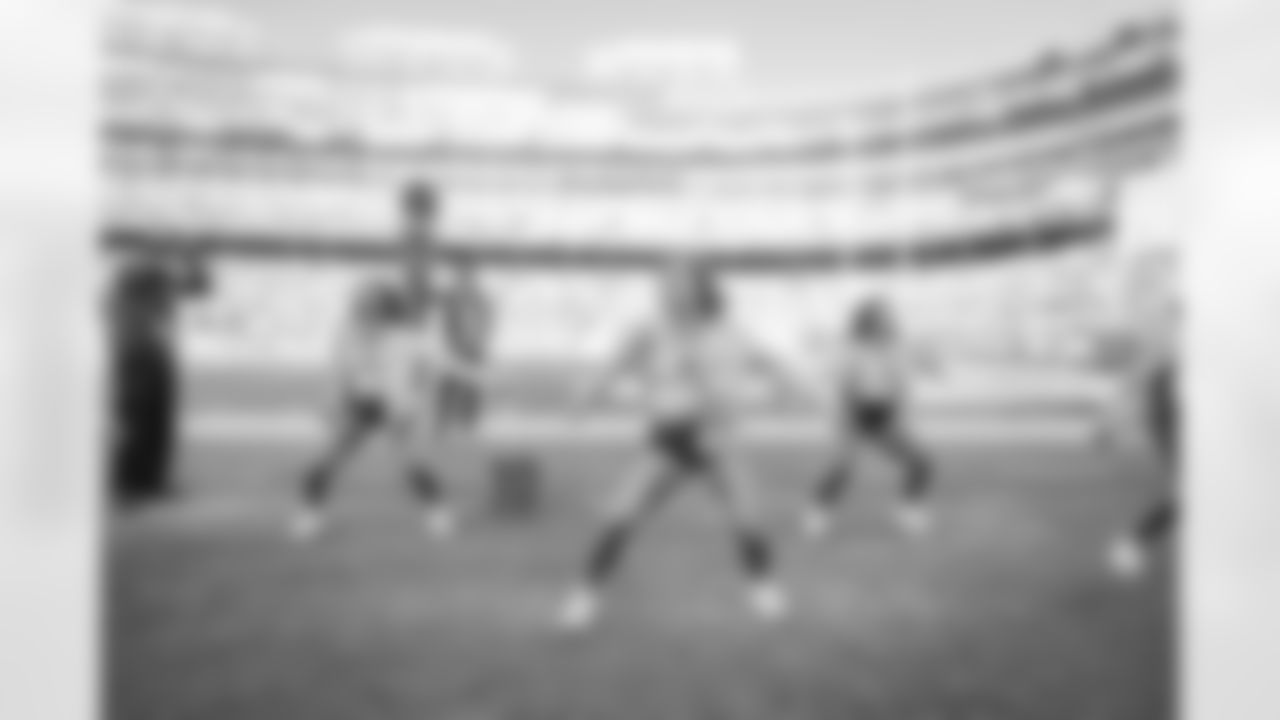
Command Force performing at FedEx Field on October 09, 2022 (Taylor Sims/Washington Commanders)

Command Force performing at FedEx Field on October 09, 2022 (Taylor Sims/Washington Commanders)
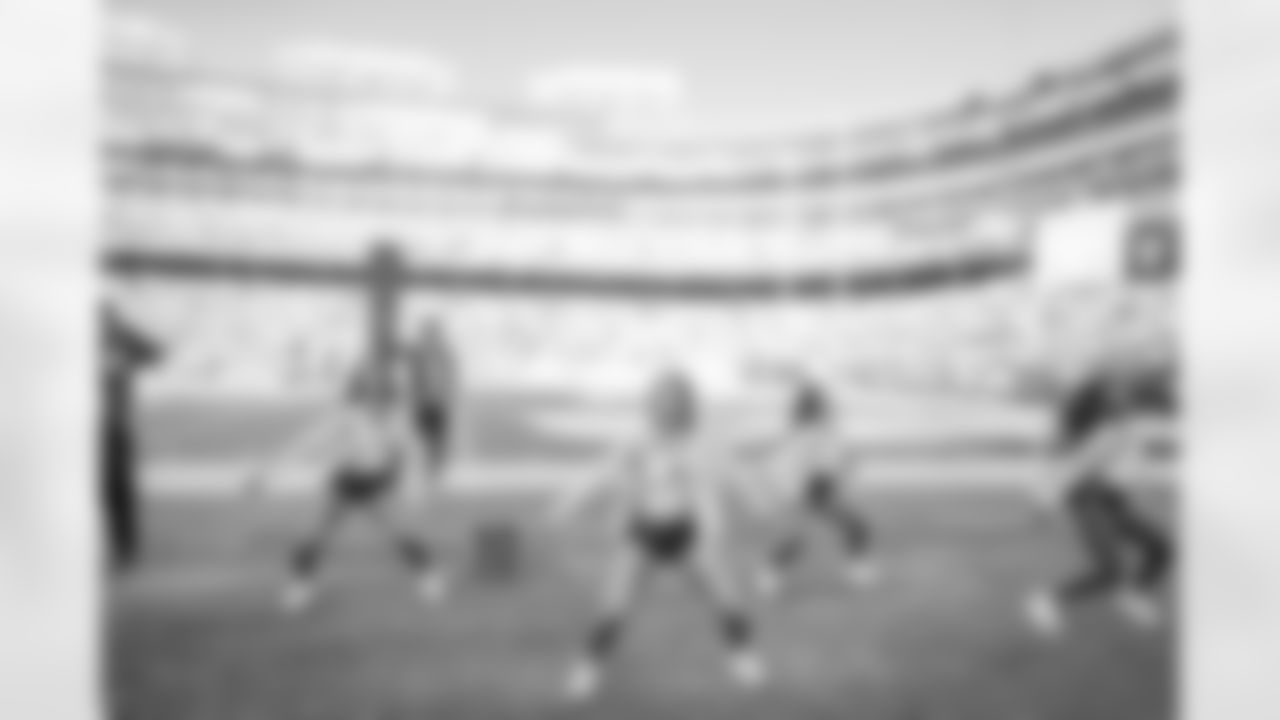
Command Force performing at FedEx Field on October 09, 2022 (Taylor Sims/Washington Commanders)

Command Force performing at FedEx Field on October 09, 2022 (Taylor Sims/Washington Commanders)

Command Force performing at FedEx Field on October 09, 2022 (Taylor Sims/Washington Commanders)
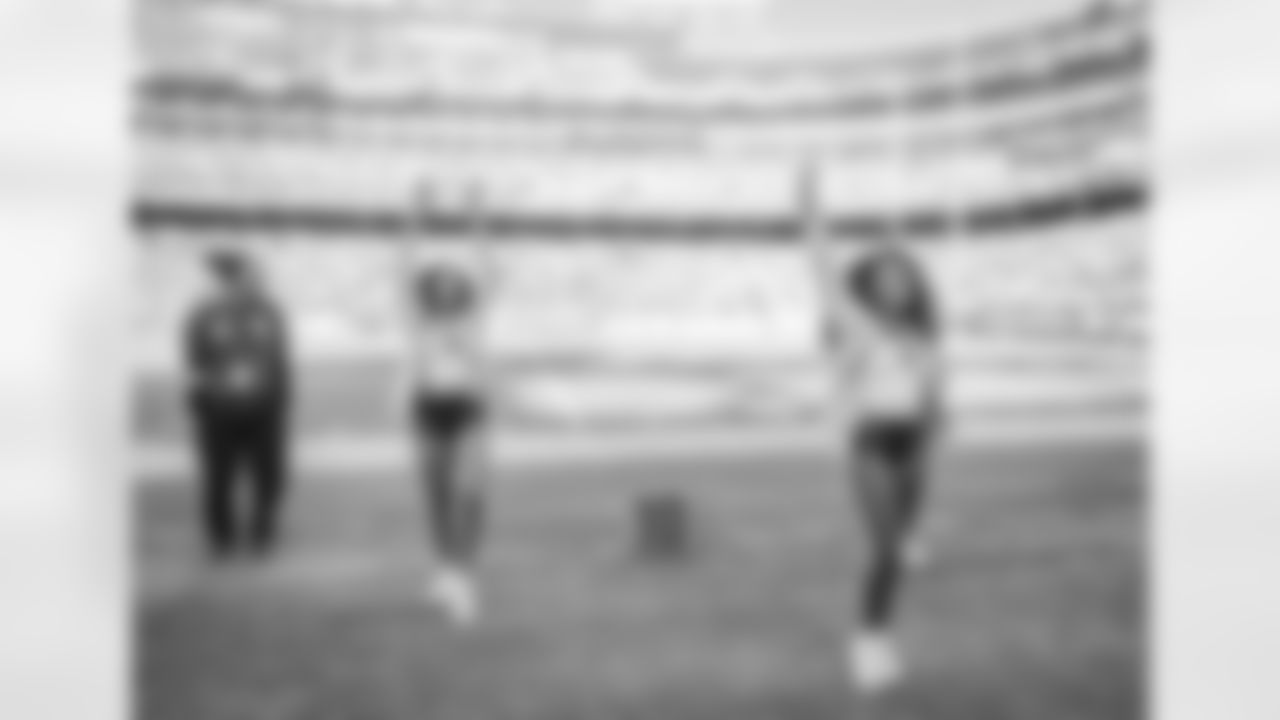
Command Force performing at FedEx Field on October 09, 2022 (Taylor Sims/Washington Commanders)

Command Force performing at FedEx Field on October 09, 2022 (Taylor Sims/Washington Commanders)

Command Force performing at FedEx Field on October 09, 2022 (Taylor Sims/Washington Commanders)

Command Force performing at FedEx Field on October 09, 2022 (Taylor Sims/Washington Commanders)
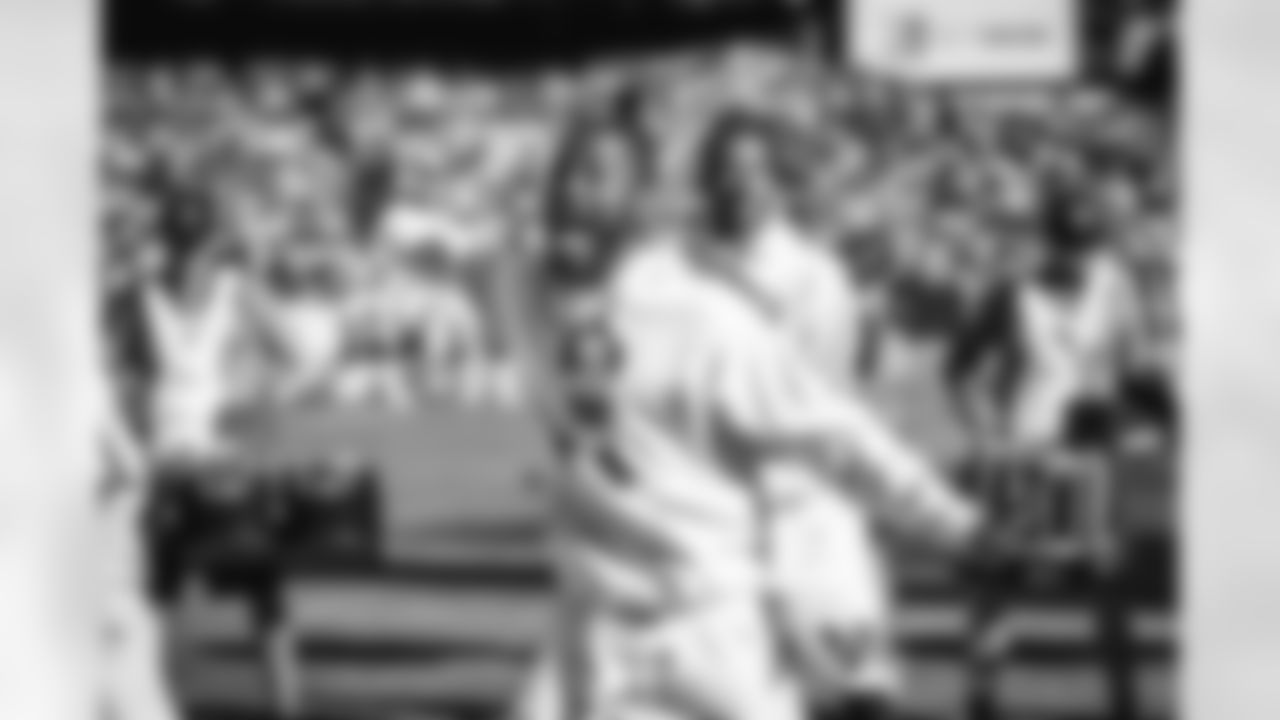
The Washington Commanders vs Tennessee Titans October 9 2022 (week 5)

Command Force performing at FedEx Field on October 09, 2022 (Taylor Sims/Washington Commanders)

Command Force performing at FedEx Field on October 09, 2022 (Taylor Sims/Washington Commanders)
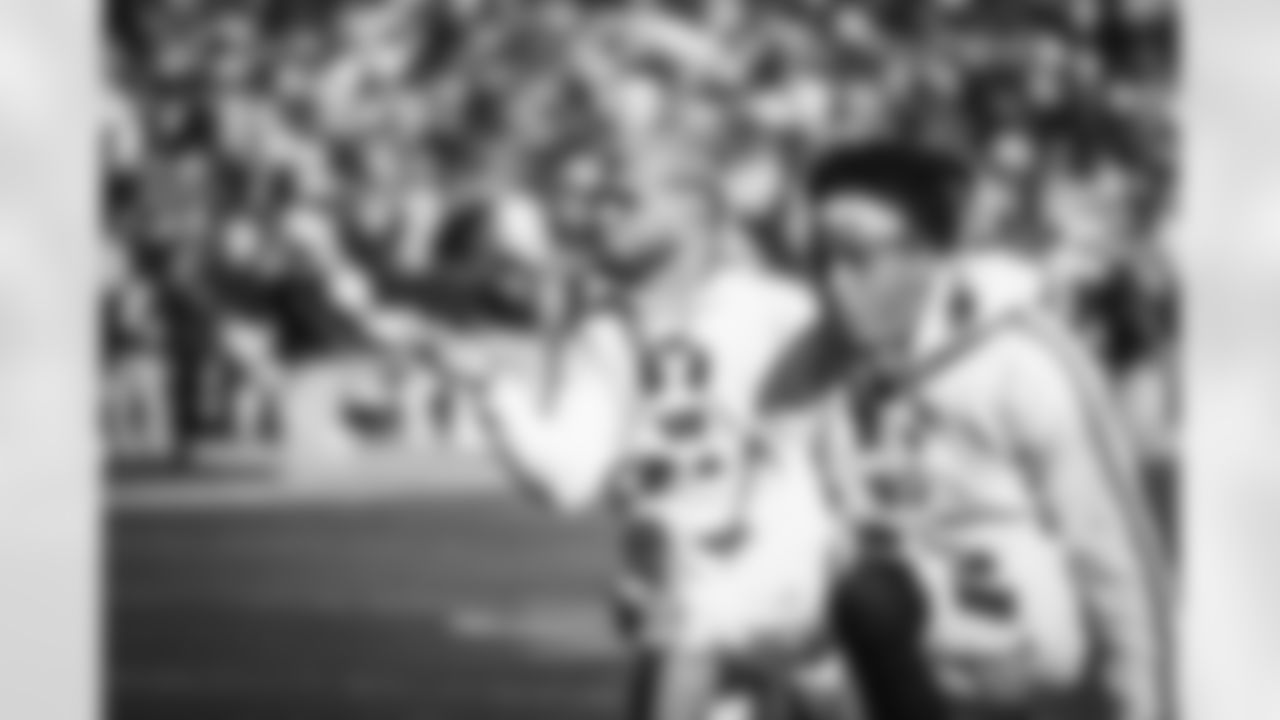
The Washington Commanders vs Tennessee Titans October 9 2022 (week 5)
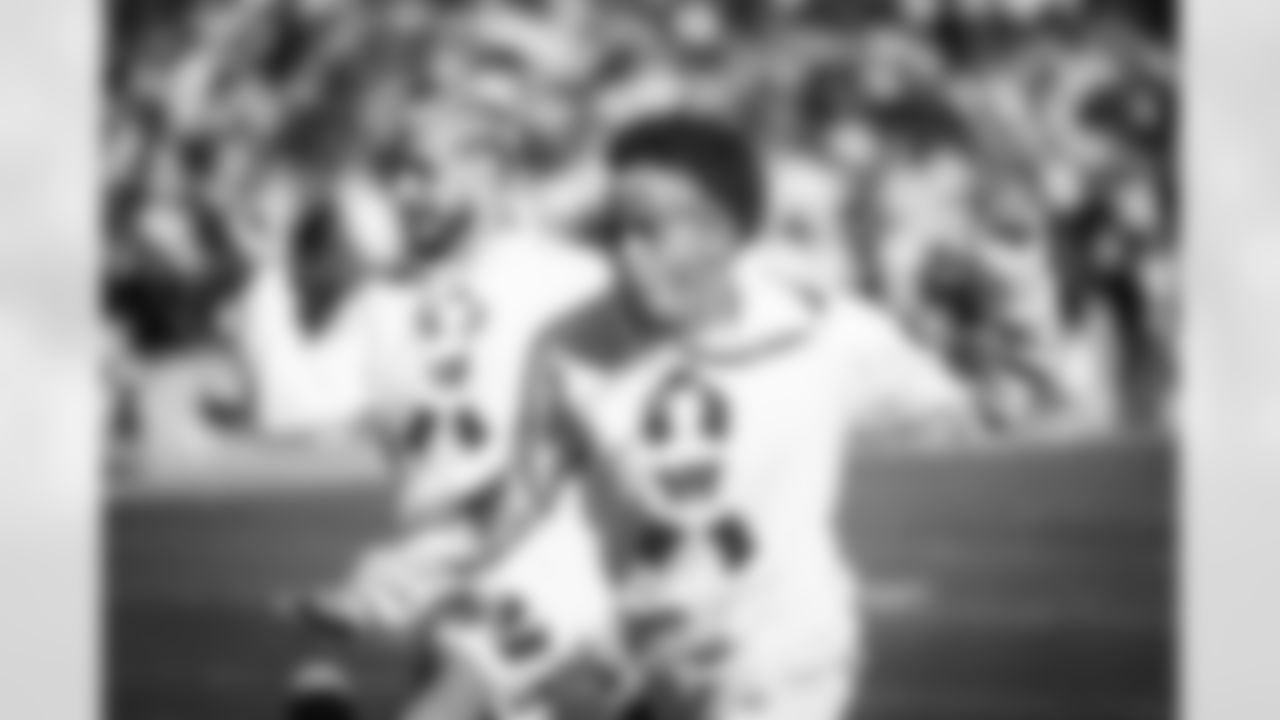
The Washington Commanders vs Tennessee Titans October 9 2022 (week 5)
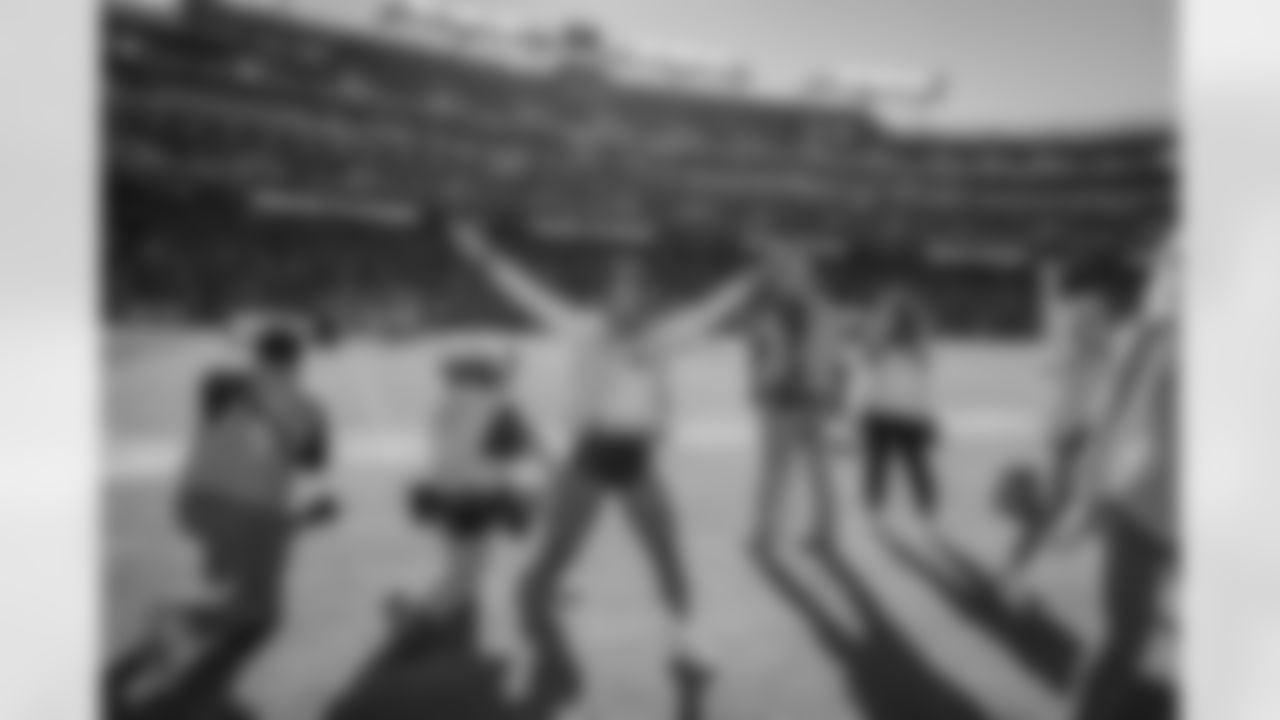
Command Force performing at FedEx Field on October 09, 2022 (Taylor Sims/Washington Commanders)

The Washington Commanders vs Tennessee Titans October 9 2022 (week 5)

Command Force performing at FedEx Field on October 09, 2022 (Taylor Sims/Washington Commanders)

The Washington Commanders vs Tennessee Titans October 9 2022 (week 5)
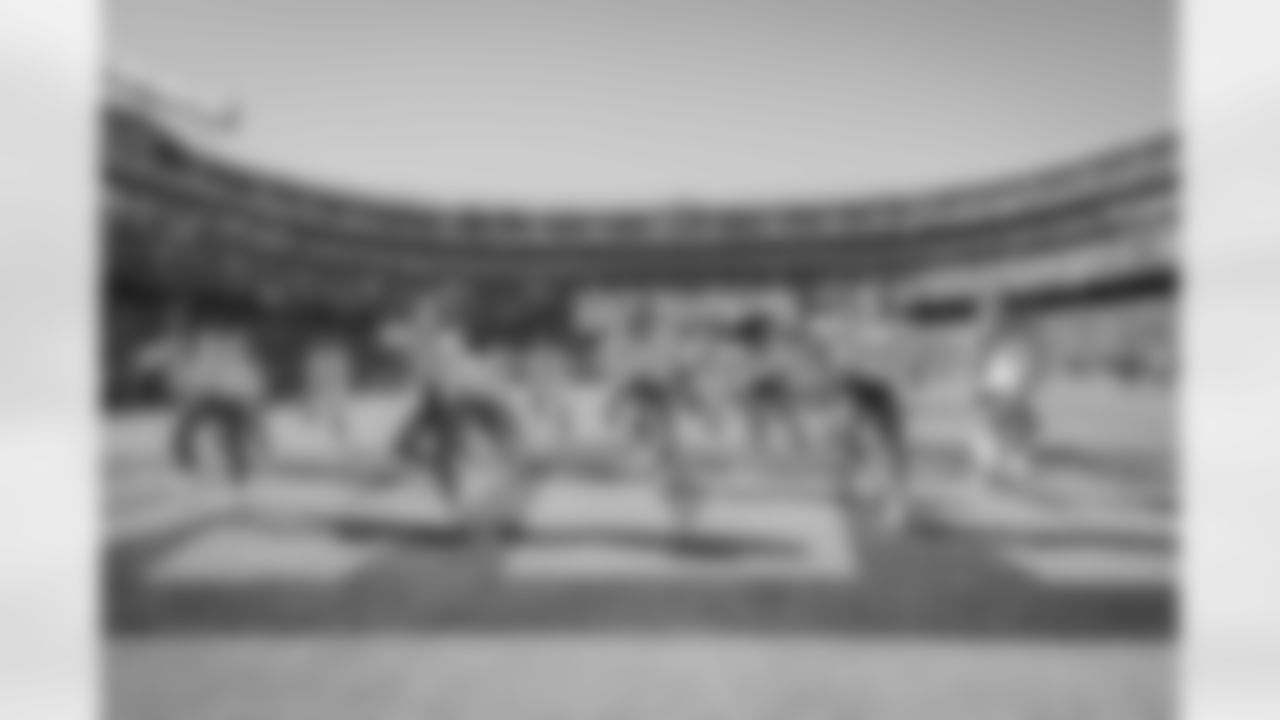
Command Force performing at FedEx Field on October 09, 2022 (Taylor Sims/Washington Commanders)
2. How can Washington become a playoff-ready offense?
Logan: The Commanders have found a formula that works: play good defense, be solid on special teams and possess the ball on offense. While limiting offensive variance has helped the team win games, the conservative offensive approach has fans wringing their hands. Can the Commanders win a playoff game against a good team with the offense as it currently exists? The fans' concerns are valid. However, Washington can continue its approach while also evolving into something more dynamic.
Scott Turner has shown signs of evolving this approach, specifically in his development of the play action passing attack. Washington used to be poor in this area, partially because the offense lacked runs that created strong run fakes. Unfortunately, some of the advantages of play-action passes -- easier pass protection and the ability to influence linebackers and safeties -- were not available to them. As a result, the Commanders' offense seemed to shy away from a heavy play-action passing attack.
However, Washington has recently discovered a play called "duo," a downhill run that allows for physical double teams. This style of run is not ideal for effecting the second level of a defense. But Turner and the rest of the offensive staff has found ways to create a backfield action that demands a response from defenses.
On the first drive in the New York game, the effect of Duo play-action is on full display. Washington starts in a bunch to the right, then brings both tight ends back across formation while allowing the offensive line to double team the Giants defensive interior. The action of the tight ends coming back across the formation does an excellent job of effecting the second level of the defense, creating a huge throwing window for Logan Thomas.

This ball falls incomplete, but there were numerous completions in the Giants game off play-action pass looks. Turner is getting more comfortable calling these play-action pass shots. Not only do they help the offensive line in pass protection, but they are also effective at creating open throwing windows for Taylor Heinicke.

The development of the play-action pass game is exciting because it is evolving before our eyes. Each week, the Commanders find new ways to incorporate these passes off run fakes in their offense, finding new wrinkles to create open throws. As this package grows, this offense becomes more dangerous because it allows Turner to create low risk explosive plays. It makes the offense more dynamic while still allowing it to function in the overall team philosophy: play good defense, be solid on special teams and possess the ball.
I am excited to see how this philosophy expands this weekend. Do they incorporate more boot actions? Do they find another run action that works? If so, this offense is on its way to being able to mix it up with some of the heavy hitters in the playoff picture.
Zach: Washington already has a good formula to win games in the postseason, but there is one way the offense could take that step forward to truly compete with playoff caliber teams: the unit must take capitalize on their scoring opportunities.
This is particularly true near the red zone, where Washington has often settled for field goals instead of touchdowns. The obvious example against the Giants was the missed throw from Heinicke to Thomas. There is little doubt that this would have resulted in a touchdown, and in a game that ended in a 20-20 tie, those four points would have mattered at the end of regulation.
But there have been other examples of it as well. Against the Atlanta Falcons, Heinicke's end zone pass to John Bates was late and a little too high for the tight end to haul in. Once again, the extra four points could have had a massive effect on the game. The touchdown would have made the score 23-13, and as great as the interception Kendall Fuller was, it would not have been needed.
Having the extra week to prepare will be valuable for Washington, Sunday will still feature an intense game and will likely be a low-scoring affair. It cannot afford to leave points on the field this weekend.
3. What is one matchup to watch on Sunday?
Logan: The matchup between Turner and Wink Martindale is going to be a beautiful chess match. In the first game, Turner did an excellent job of confounding Martindale's defense in stretches, getting him and his players caught up with beautiful play passes designs. There were also times when Martindale was able to get the better of Turner by dialing up pressures that took advantage of Washington's pass protection rules.
How Washington handles Martindale's blitzes will be a huge factor. The simplest solution is to stay ahead of the sticks. Washington has done a great job of being efficient on early downs running the football. It is important that they keep that same level of consistency, perhaps by adding a wrinkle to the duo play they have been so effective running.
However, no matter how efficient the Commanders are at running the football, they will find themselves in a situation where they need to pass protect. There are two main ways to combat the Martindale blitz: max protect and empty formation. Turner used both two weeks ago, and the Giants had success against them.
So, what is the solution? I think the answer is simple: give Heinicke more control of the protection at the line of scrimmage. Martindale did a good job of overloading the man side of the protection (indicated by the yellow circles). In this look, Washington made the decision to send the zone side of their protection to the Giants defensive line. The zone side is usually dictated by the direction the center goes. In this look, Nick Martin slides right. This is traditionally sound process, sending your slide to the defensive linemen because they are the most likely to rush.

But Martindale does a great job of understanding traditional protection rules. He shows the defensive line overload to the right which ensure the two-on-three to the man protection side, allowing for a free runner.

A simple solution for this is adjusting the protection against this look. In the Philadelphia game, Jalen Hurts got the same pressure look. However, instead of leaving the protection as called, Hurts recognizes the pressure and changes the direction of the slide. As a result, the Eagles pick up the blitz and allowed Hurts to get the ball out.
The ability to change the slide might have been part of the game plan in the first game and Heinicke simply missed it. These types of mistakes happen, but coming off the bye week, Heinicke and the rest of the Washington offense will be prepared for this look.















